Announced in September 2024, the Nikon Z 50mm f1.4 is a great addition to Nikon’s Z-mount lineup. Promising a classic focal length, a bright aperture, and a budget-friendly price tag.
After spending some time with it, I’m excited to share my thoughts on how it performs in the real world. This is a nice one, and I have much to discuss.
Nikon Z 50mm f1.4 – Amazon / B&H
The 50mm f1.4 is not part of Nikon’s premium “S” line, which prioritizes clinical sharpness and cutting-edge coatings and optics. Instead, this lens focuses on a balance of performance and character, and that’s where it shines—or occasionally stumbles, depending on your priorities.
| Technology | Nikon Z 50mm f1.4 |
| ED Element | No |
| Aspheric Lenses | Yes |
| Nano Crystal Coating | No |
| Super Integrated Coating | Yes |
| Multi-Focus Method | Yes |
| Stepping Motor | Yes |
| Internal Focus Method | Yes |
| Rear Focusing Method | No |
| M/A | Yes |
| Elements | 10/7 |
| Aspherical | 1 |
| ED | 0 |
| Iris | 9 |
| Focus Distance | 0.37m |
| Weight | 420g |
It lacks a few aspherical elements, some ED glass, and some of the higher-end Nano Crystal Coatings that the S lenses often have. It feels more like a high-end lens from the early 2000s but with modern precision and enhanced design, which are allowed by the larger mount and closer flange distance.
Nikon Z 50mm f1.4 Impressions and Thoughts
Straight out of the box, the Nikon Z 50mm f1.4 feels like a lens designed more for fun, especially portrait photography. I think many photographers are glad Nikon is making some “slightly less than optically perfect” lighter-weight f1.4 lenses instead of monsters as they gave it with their f1.2 lens. I know I am.
Weighing just 420g (14.8 oz), it’s lightweight enough to carry around all day without feeling like a burden. The lens measures 74.5mm x 86.5mm, making it compact for a full-frame f1.4 prime, and it balances well on my Nikon Z8. The build quality is solid, and the dust—and moisture-resistant design gives me the confidence to shoot in less-than-ideal weather.
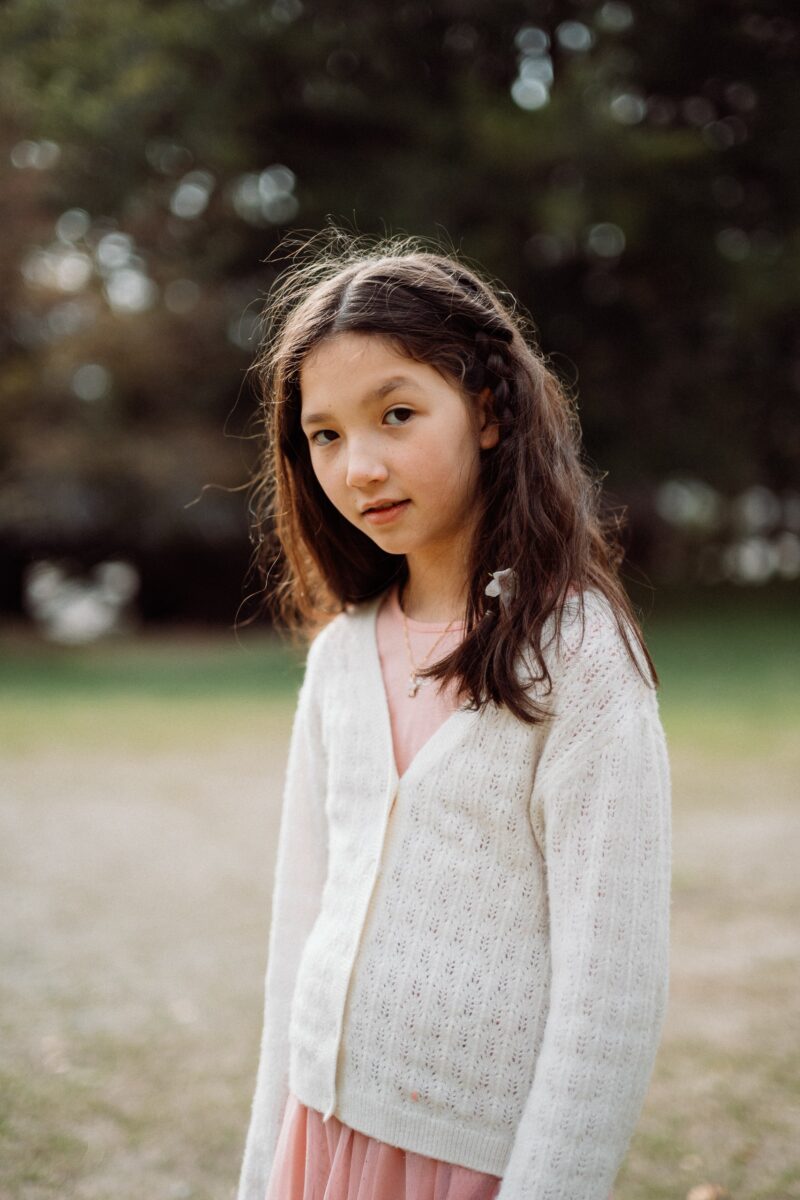
With the Nikon Z 50mm f1.8 S being one of my all-time favorite 50mm lenses, I wasn’t initially excited about the Nikon Z 50mm f1.4. I immediately noticed slightly less clarity and less of that contrast punch you get from the S lenses, especially if you’re just casually shooting around the house.
With this f1.4 version, I found the best way to use it is to always lean heavily into its strengths, which is shooting at f1.4. Otherwise, the Nikon Z 50mm f1.8 S lens is better.
Then I started shooting strictly portrait photography, and wow!
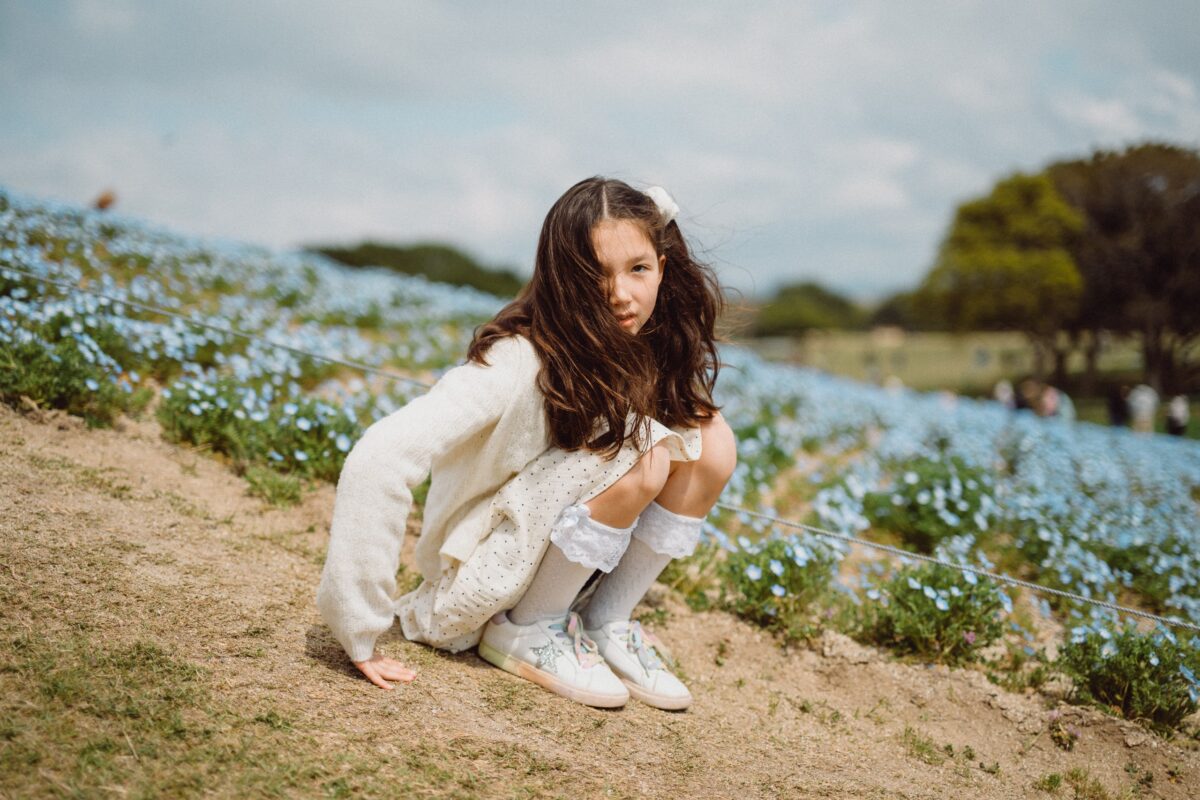
With portrait photography, at least how I like it, I don’t need images tack sharp all the time, I don’t need tons of clarity, I like images with a little more softness, with a classic charm, and this lens hits that concept perfectly.
I also find the 50mm f1.4 more fun and unique when shooting at night with nice city lighting or with long backgrounds.
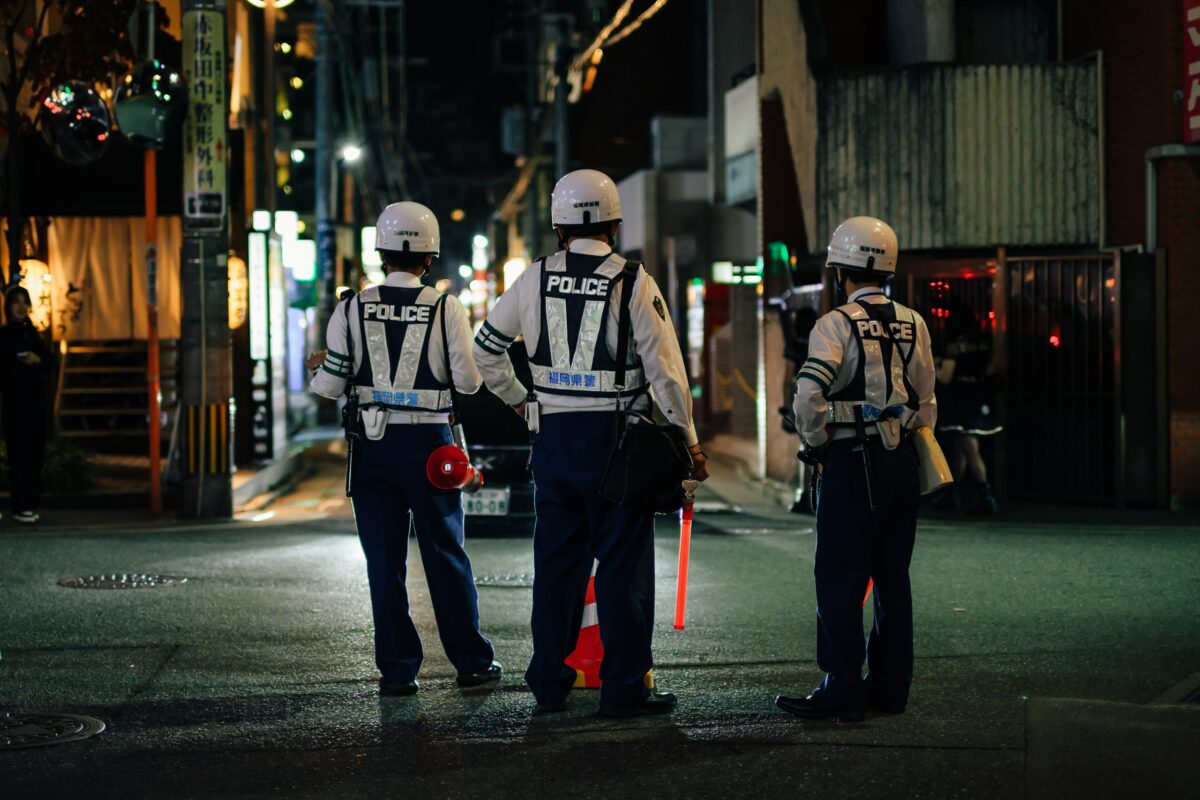
Then, you notice the slightly more classic design and rendering of the 50mm f1.4. It renders more like our older DSLR lenses from back in the day before all the fancy ED glass with 4 aspherical lenses, all designed with computers and AI.
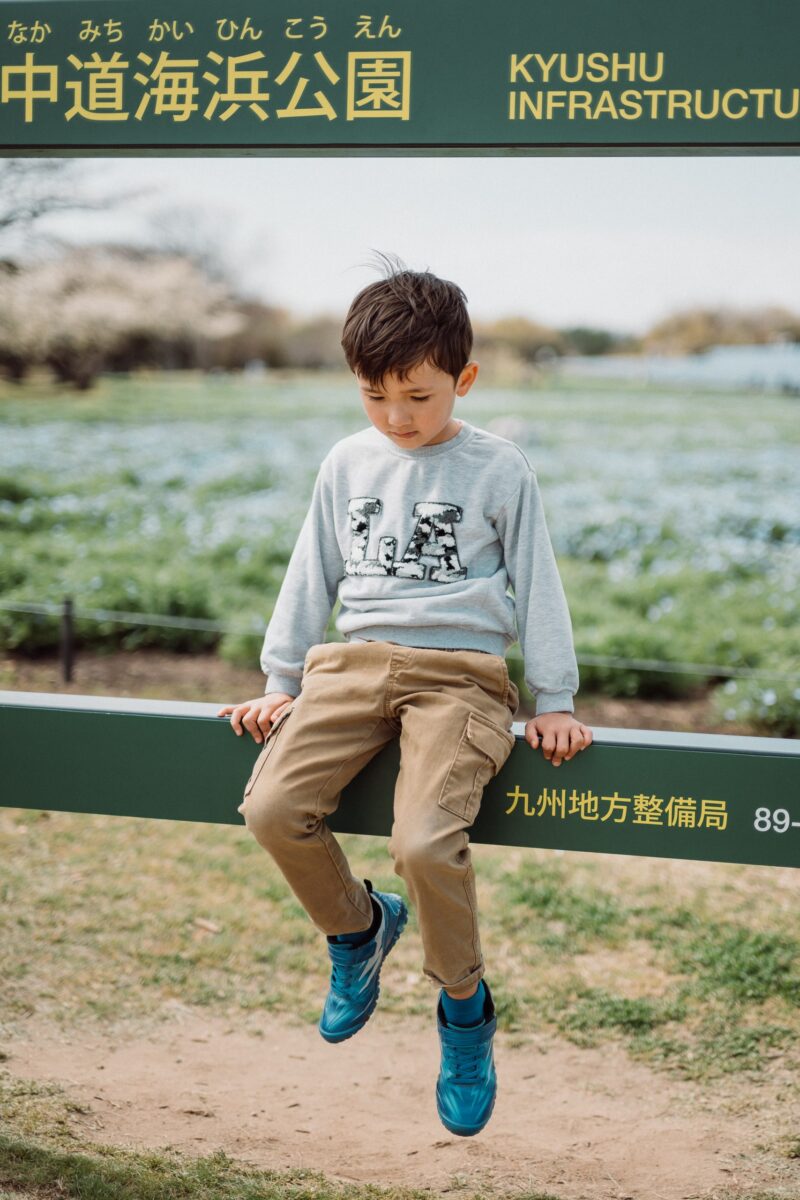
Nikon Z 50mm f1.4 or the Z 50mm f1.8 S?
I have a full article comparing the two coming, but to summarize, when the S lenses are on sale, which I think you can often get for $150 off, and these f1.4 lenses are not on sale, it pays to upgrade to the S lens, for general photography and especially if you’re a pro, shooting things like events.
If you want a ton of character and a “fun lens” or shoot portrait photography with a slightly more classic touch, grab this f1.4.
In terms of bokeh, the difference between f1.4 and f1.8 is only 2/3 a stop, so the depth is not super noticeable, but the character and style of rendering between the two lenses is.
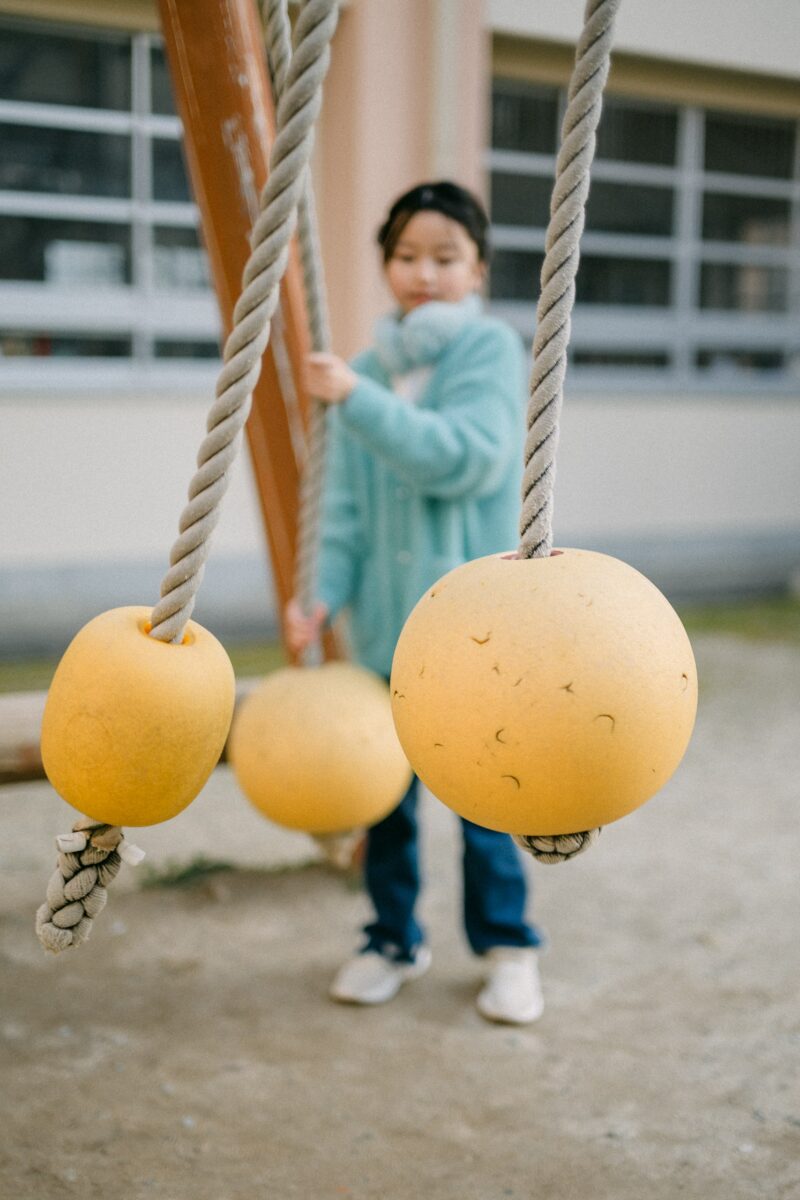
When the 50mm f1.4 goes on sale, this lens will be a killer deal, probably falling into the ‘shut up and buy it’ category of lenses.
It’s a ton of fun, but as a general-purpose, do-it-all lens, the Z 50mm f1.8 S is noticeably better and worth the upgrade, especially when it’s on sale.
I’m really happy that Nikon has positioned its lenses this way: slightly more classic and fun f1.4, affordable lenses. Also, they have these more pro but still affordable f1.8 S lenses. Then, unicorn mantelpiece f1.2 lenses are available for all dentists and doctors to buy and never use.
Nikon Z 50mm f1.4 Build Quality
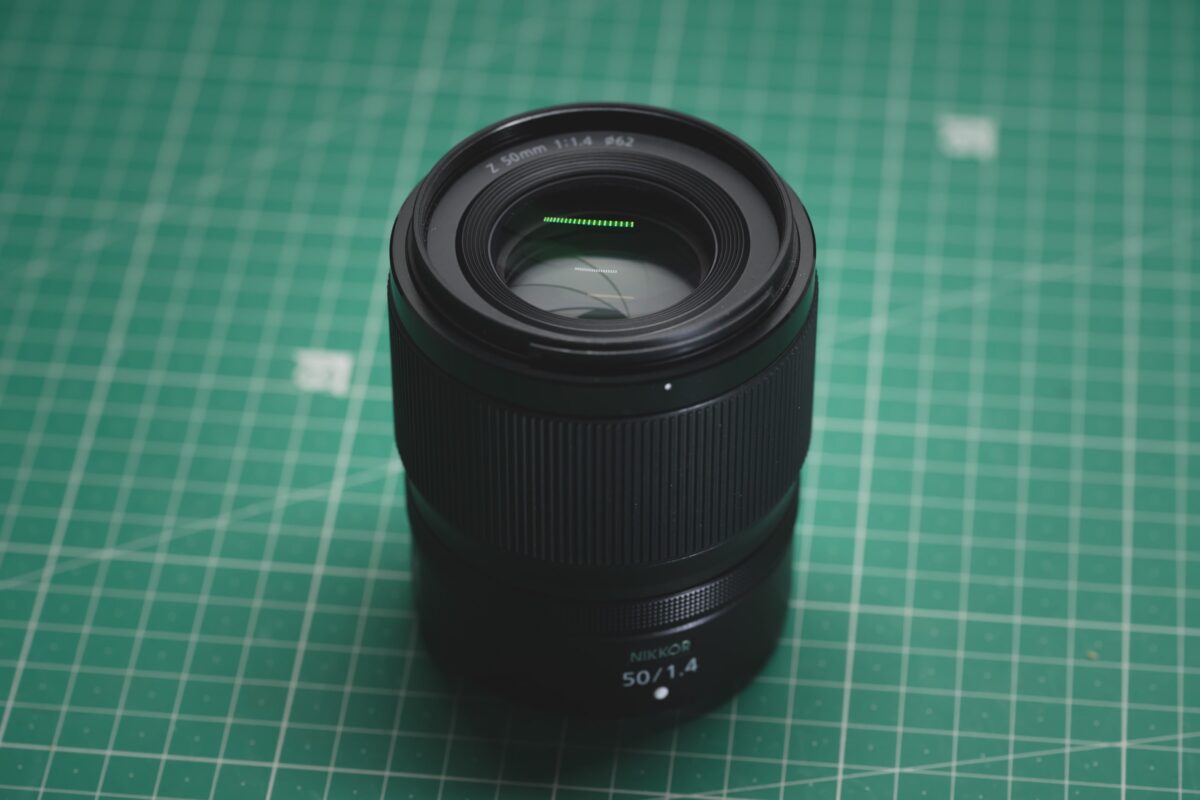
The external build quality of the 50mm f1.4 is mostly the same as that of the S lenses. It’s just missing the Auto Focus/Manual Focus switch, and the focus ring is rubber instead of aluminum, although we do get a control ring.
Internally, we’re missing nanocoatings and the ED elements compared to the S version.
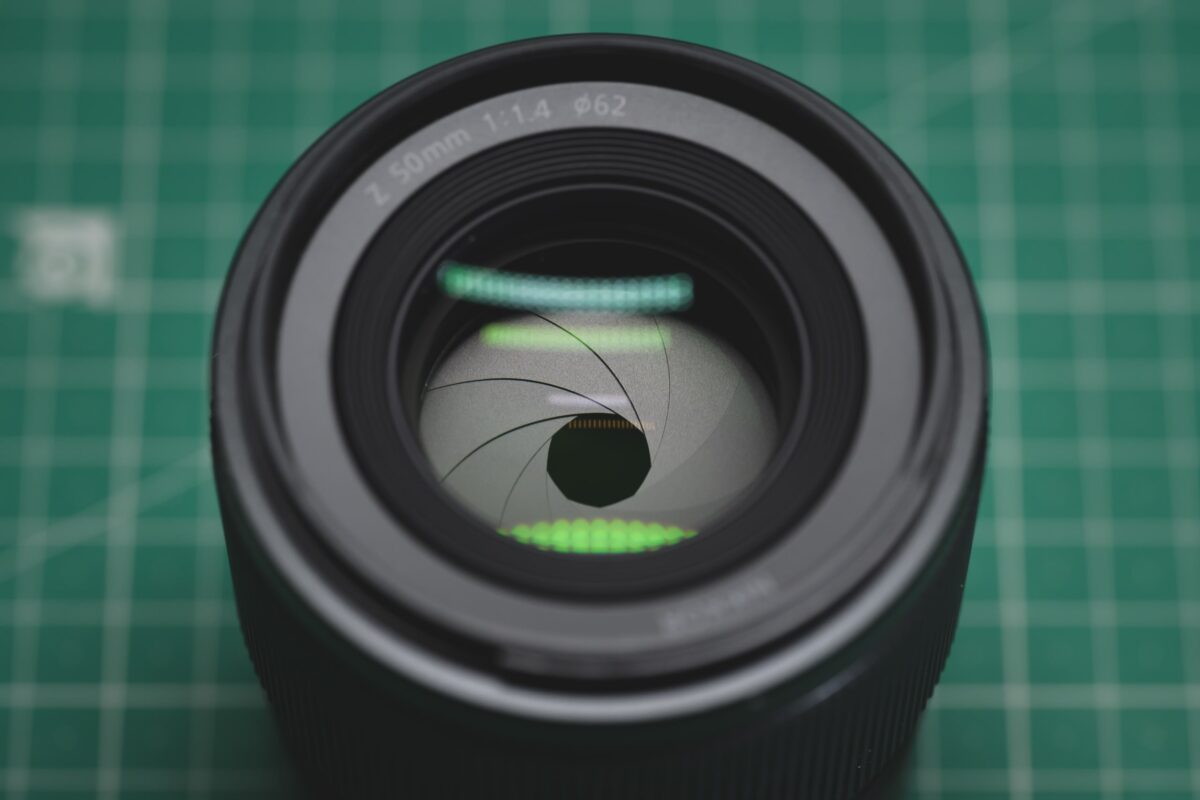
Unlike some other Non-S lenses, we still get a nice metal mount.
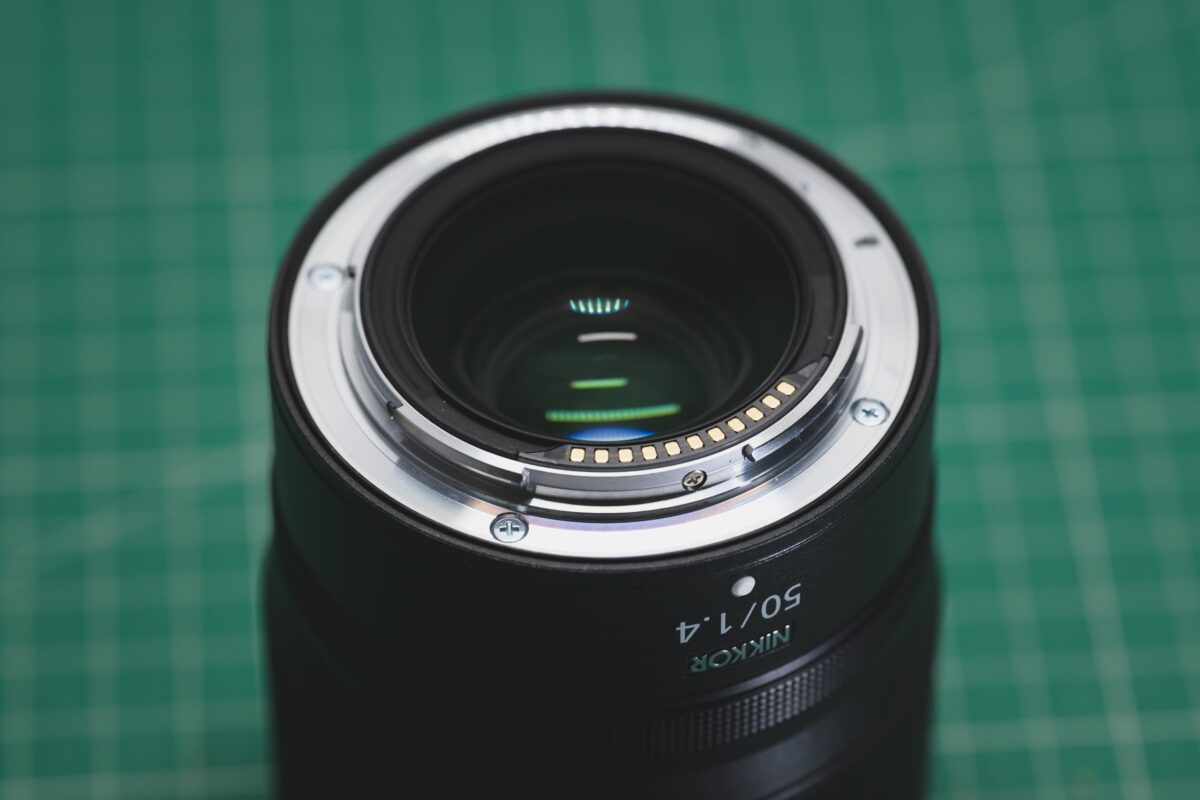
Nikon Z 50mm f1.4 Technicals
As mentioned above, the Nikon 50mm f1.4 lacks some additional Aspherical elements, ED elements, and nano coatings typically found in an S lens. Instead, we see a simpler design similar to our lenses in the 1990s or early 2000s, and the rendering kind of has that vibe. However, sharpness is still impressively good at the center.
Some field curvature will cause edges to fall out of focus. While there is no ED element, I haven’t noticed any significant aberration issues, as we see with the 35mm f1.4 lens.
Vignetting and distortion are well controlled, and of course, this lens will come with firmware updates for perfect compatibility with future camera bodies.
For the most part, technical performance is impressive for the price.
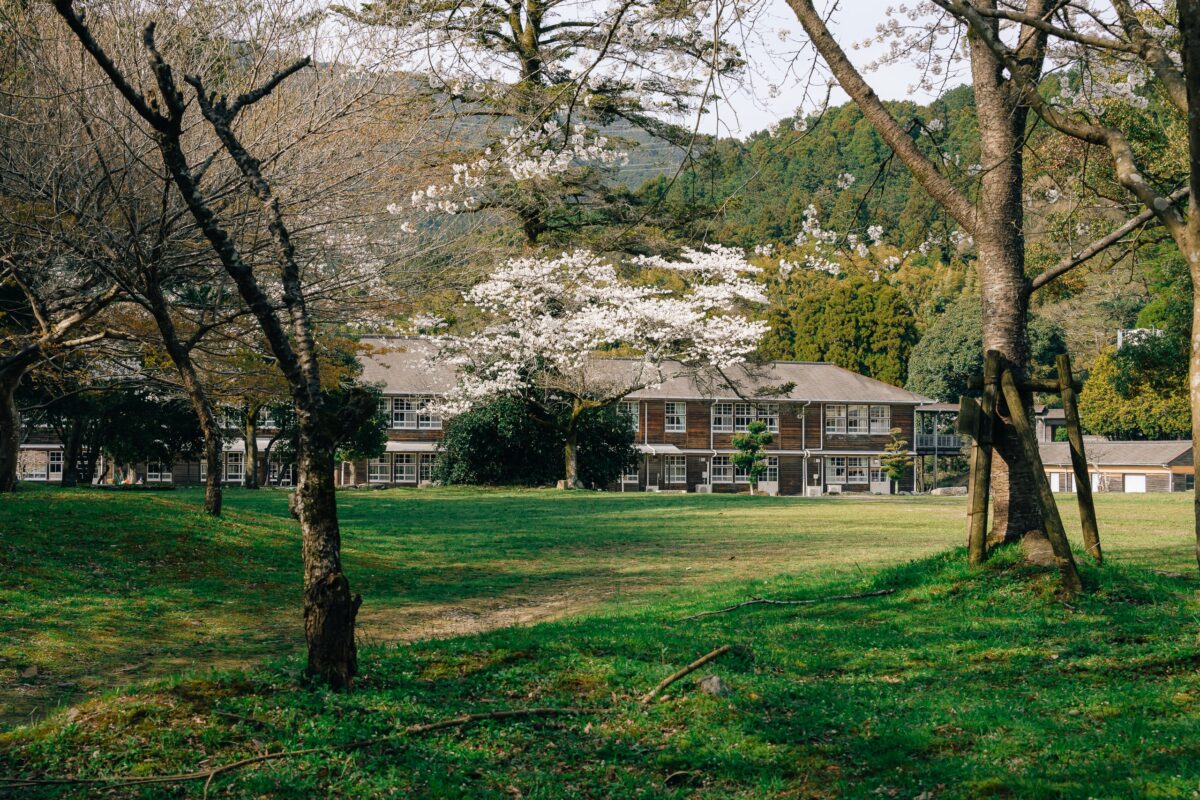
Sharpness Chart
Sharpness with the Nikon 50mm f1.4 is pretty good, especially in the center, but it’s not as good as the S f1.8 lens, in the center or throughout the frame.
With that f1.4 aperture, you’re buying this lens more for its artistic qualities than its technical ones, but the technicals still hold up well.
Center Sharpness
I review a lot of lenses, so it’s hard for me to say that this lens is not sharp at f1.4. It is, but when you compare it to the Nikon 50mm f1.8 S, it’s not as sharp.
However, stopping down to f2.8, it really gets good.
Some diffraction appears at f8, and by f11, you’re losing some resolution. This is standard. This was shot with the Nikon Z8, so a Z6 or Zf would likely show less of a drop at f11.

Mid-Frame Sharpness
For shooting mid-frame sharpness, I focus on the center of the frame and then look at the mid-frame. This is not exactly the same as focusing on the mid-frame; you would most likely get better results if you focused on the mid-frame or on the edges.
I do it this way to check for field curvature, and this is where the 50mm 1.4 also sits a little behind the 50mm f1.8. When focusing on the center, the mid-frame actually falls slightly out of focus since the focus field shifts slightly throughout the lens. This typically is found in lenses with fewer or no aspherical elements, as we see in this f1.4 lens.
Compared to the center, the mid-frame is slightly softer than the center, and it doesn’t get very sharp until about f4.
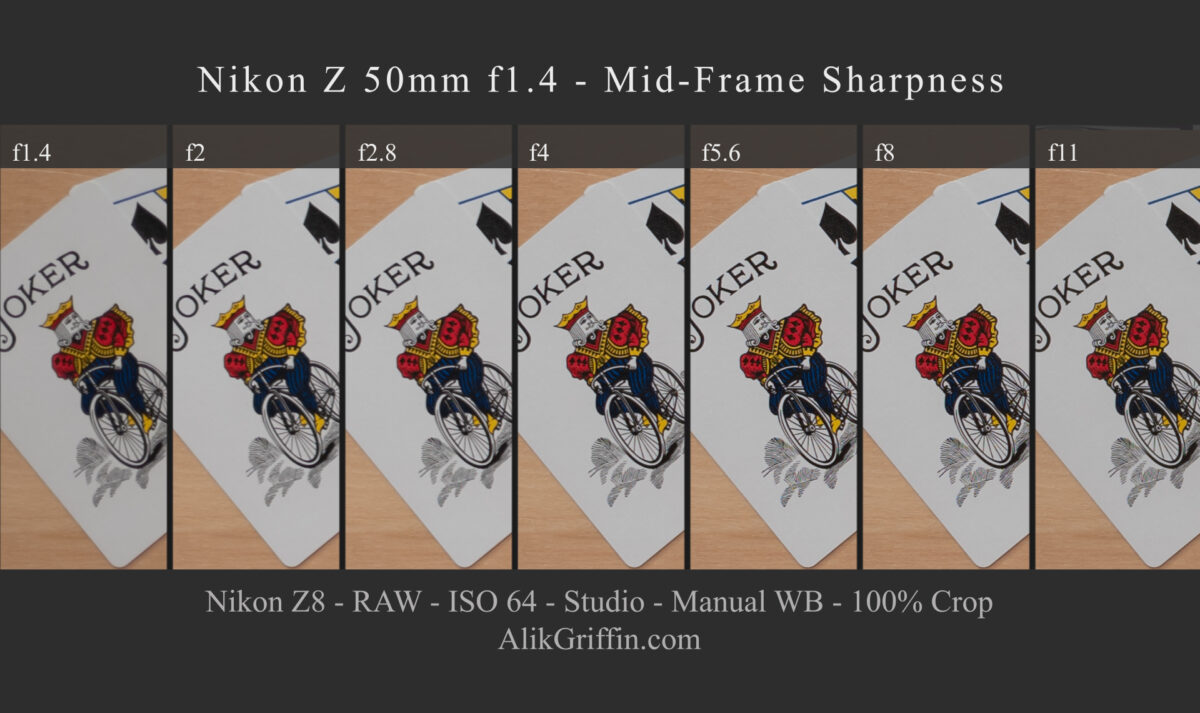
Corner Sharpness
The Nikon 50mm f1.4’s corner sharpness is not terrible. It cleans up well by f4. As we saw with mid-frame sharpness, this is more due to the corners falling out of focus rather than the lens underperforming.
You would be buying an f1.4 lens more likely for artistic and portrait work, so corner and midframe performance is not critical, and if they were, focusing in those zones would improve results. Still, if you’re shooting landscape or astrophotography wide open, you want to ensure your focus is set to capture the appropriate subject.
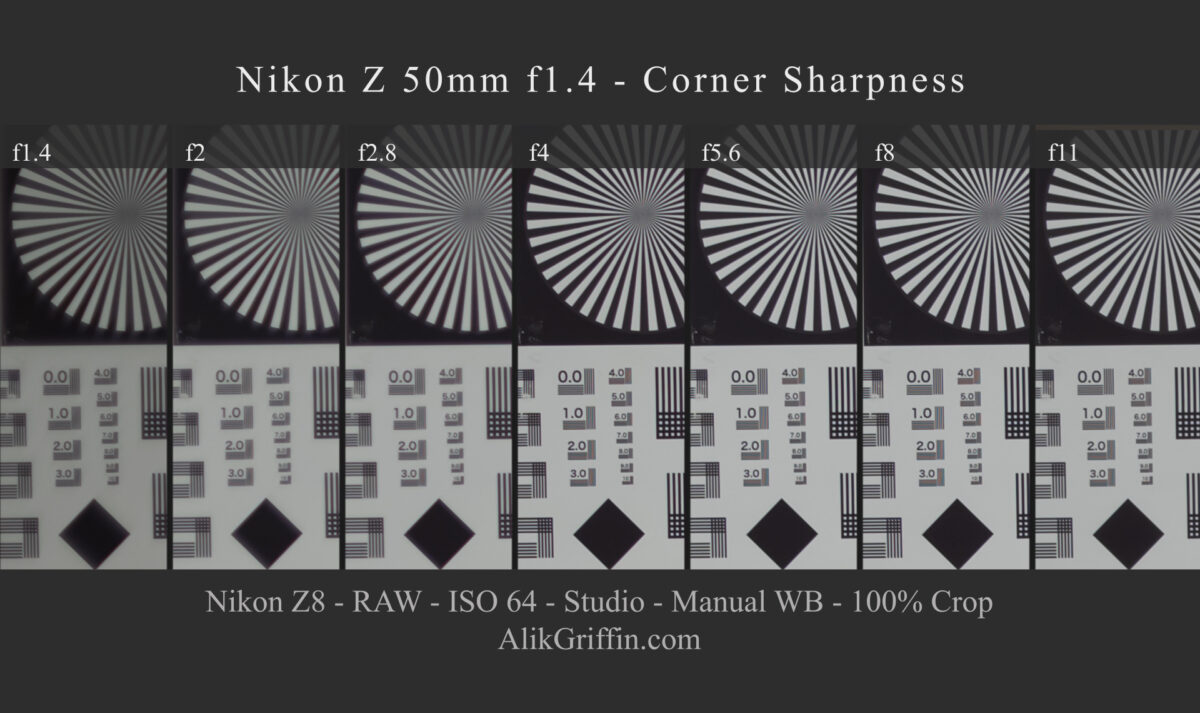
Distortion
I turned off the profile correction for this distortion sample, and there is pretty much no distortion. As someone who shoots a lot on small Leica M lenses, having these bigger f1.4 lenses pays off when cleaning up distortion and vignetting.
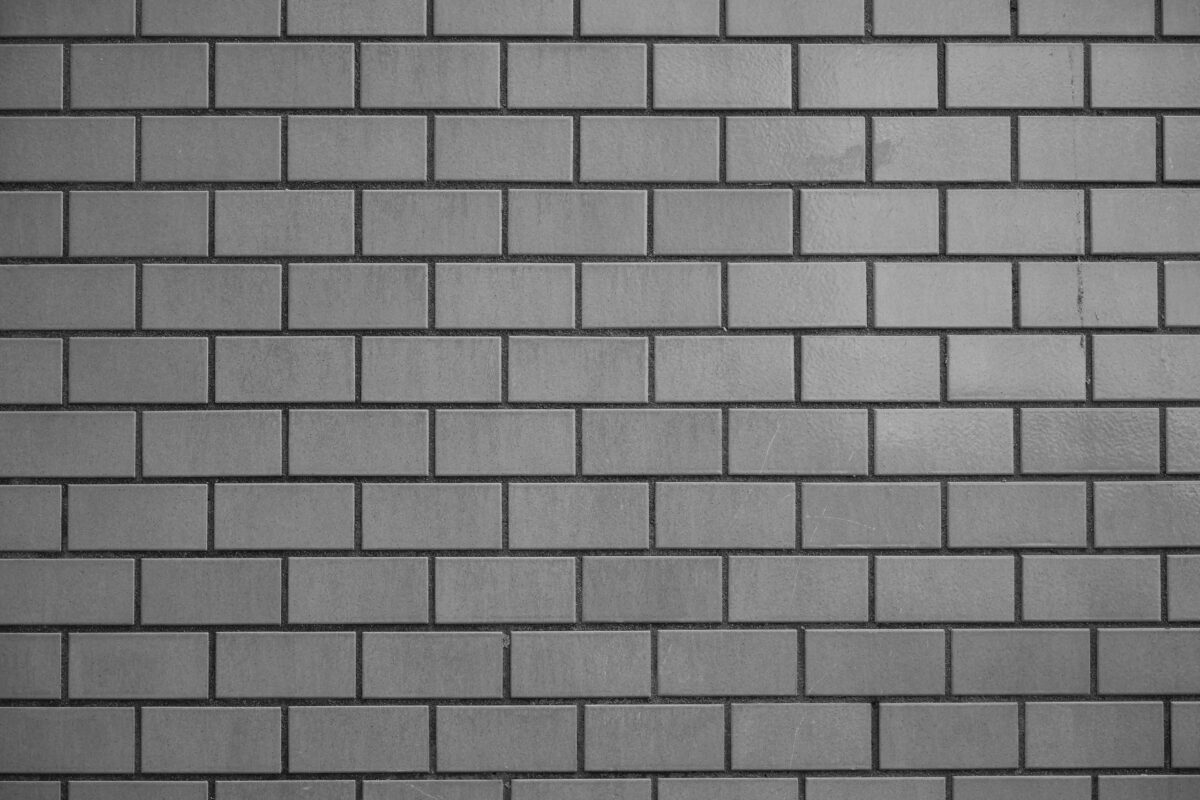
Vignetting
I removed all the built-in Lightroom Nikon 50mm f1.4 profile corrections for this vignetting chart. There is a moderate amount of vignetting at f1.4, but it feathers nicely and has a smooth, natural blend.
If you like vignetting, turn the profile correction off, and you’ll get the perfect amount right out of the camera. If you turn the profile correction on, the vignetting will be minimal.
Also, if you’re shooting video, you can adjust the vignetting correction to get the desired results since Nikon cameras have the option for Low, Normal, and High vignetting control.

Chromatic Aberrations
The Nikon 50mm f1.4 has no ED elements, which refers to extra-low dispersion glass. These elements help to reduce chromatic aberrations.
However, we do not see any chromatic aberrations. I see them mostly only in the background, bokeh. I have been impressed by the performance here. When I compared the Nikon 35mm f1.4 to the Nikon 35 mm f1.8, the f1.8 lens showed a significant improvement, and the Nikon 35mm f1.4 has what I would consider some very noticeable CA issues. With the 50mm f1.4, I rarely see it unless I am stress-testing the lens, as with the sample below.
This sample is 100% cropped, and Lightroom’s “Remove Chromatic Aberration” correction is turned on. However, checking and unchecking that option on this lens didn’t make a difference with the sample below; it has some effect but nothing game-changing. So, if you didn’t like the Chromatic Aberrations in a particularly bad shot, you would have to clean some of that up with the manual adjustments.
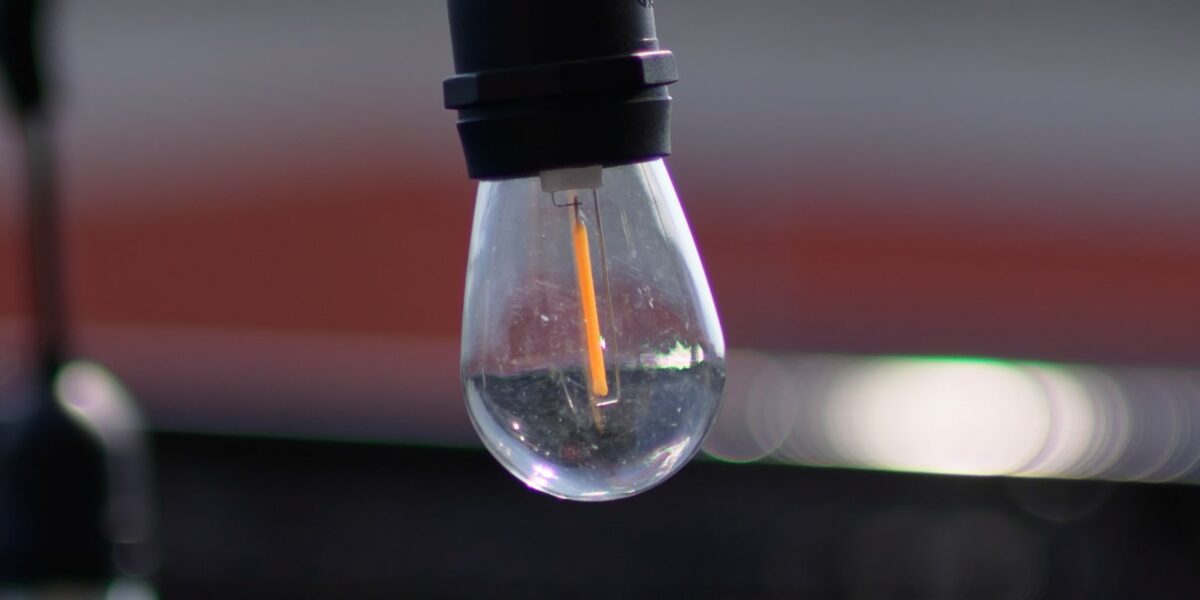
Flaring
Most modern lenses from big brands like Nikon, Fujifilm, Sony, and Canon have minimal flaring.
The Nikon Z 50mm f1.4 does see a little flaring, but this is very well controlled.
The Nikon Z 50mm f1.4 has the Nikon Super Integrated Coating but not the Nano Crystal Coatings.
The Nano Crystal coatings in the S lenses would have helped slightly with flaring, contrast, and sharpness. That, in my opinion, is the biggest downgrade to this lens compared to the S lens, as we are missing that little extra 5% of contrast and clarity that you get from the S lenses. It’s too bad that Nikon didn’t use that technology with this lens, it wouldn’t have changed the formula or any mechanics and would have made the lens a little bit better.
This is another good example of some Chromatic Aberration in extreme conditions.
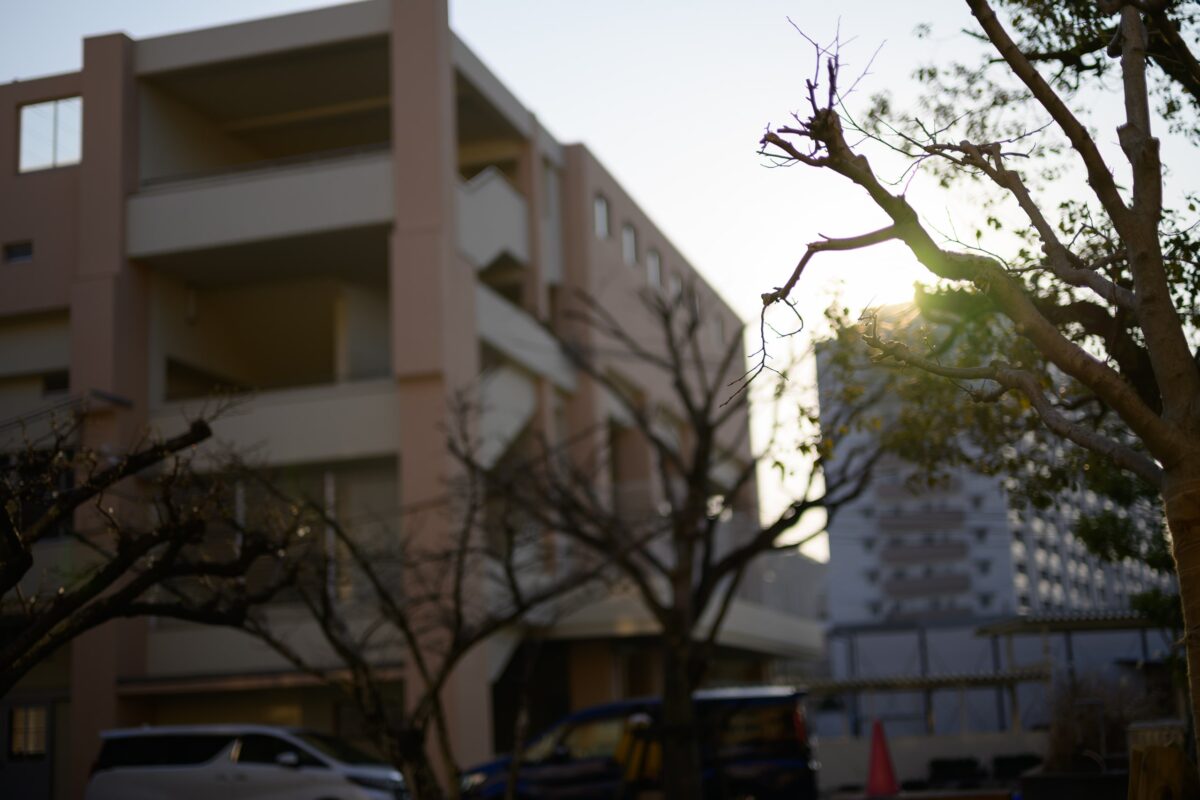
Sun Stars
Sunstars are very nice with this lens. It’s so rare to see good sun stars with modern lenses.
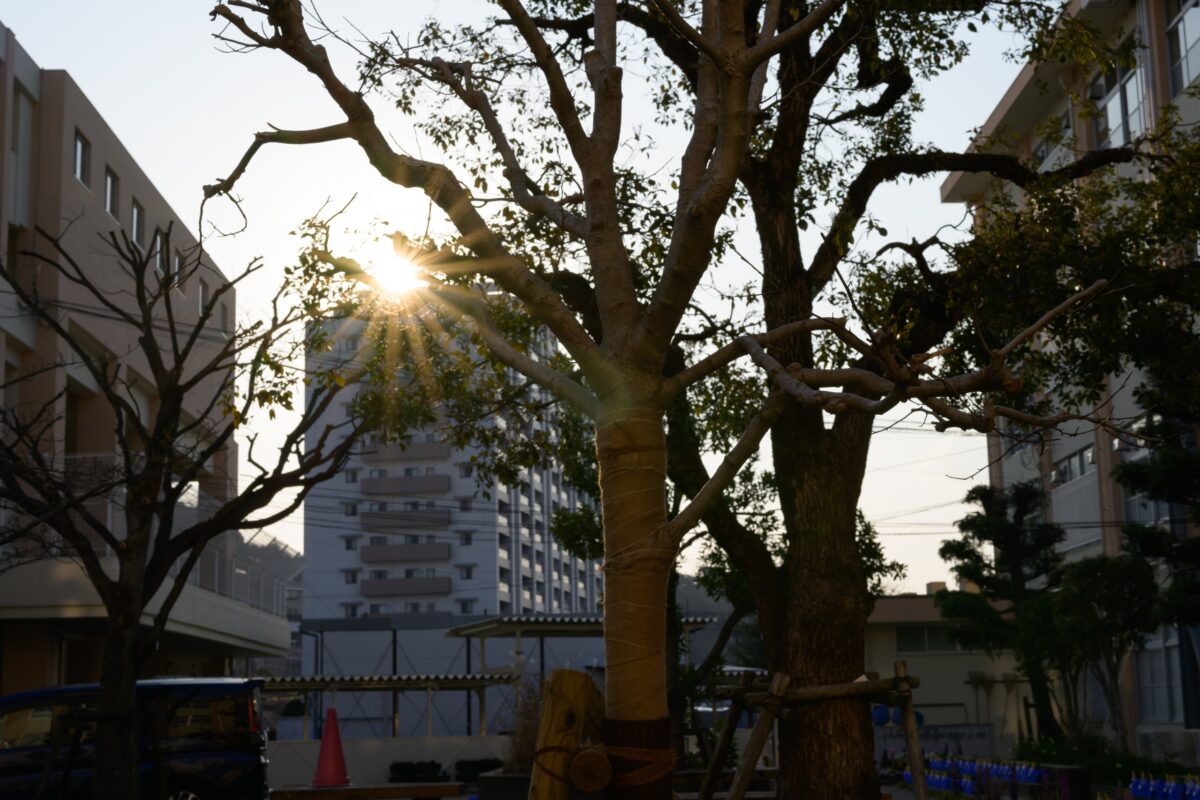
Autofocus and Video
Nikon equipped this lens with STM (stepping motor) autofocus, and it’s a win for both stills and video. On my Z8, it locked focus quickly and accurately in most conditions. I did notice occasional hesitation in very low light or at close distances (minimum focus is 0.37m), but for general use—like candids at a wedding or chasing my birds around it’s fast enough.
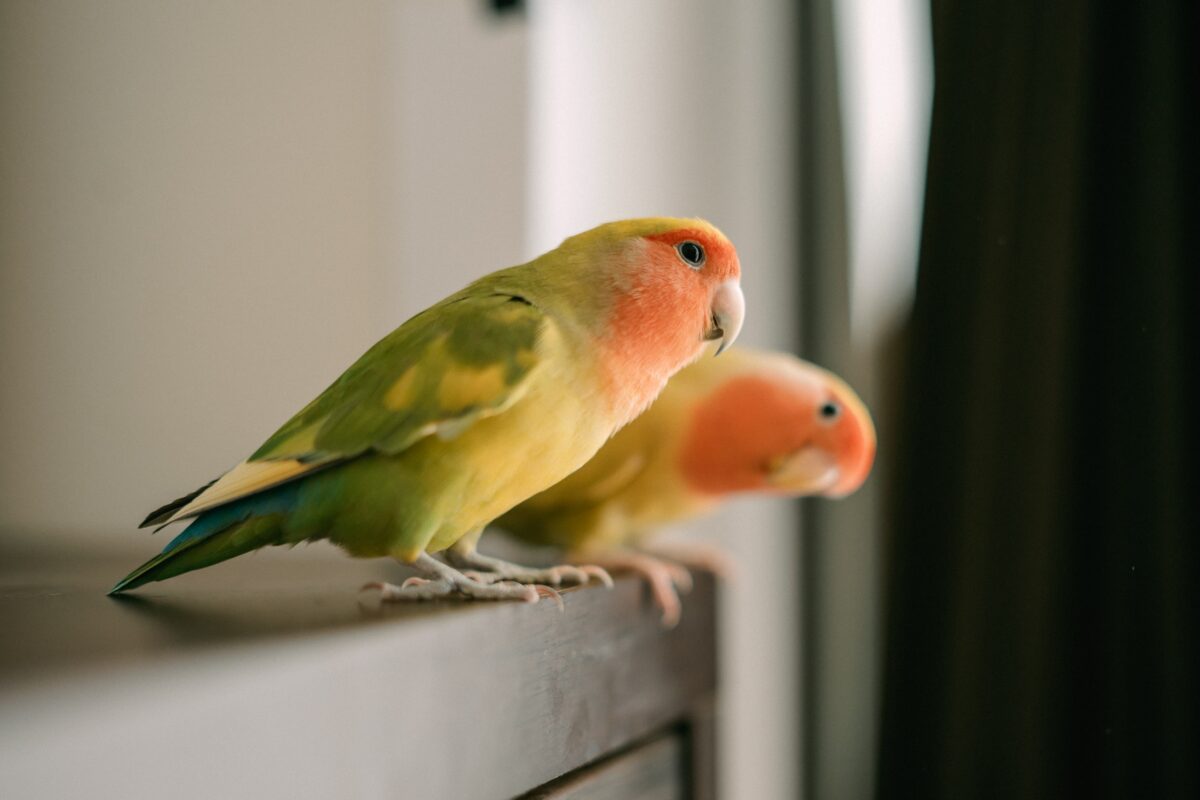
The quiet AF and suppressed focus breathing are nice features for video shooters.
Art & Character

Bokeh
The 50mm f1.4’s selling point is its bokeh. It’s not perfect and clean like the 50mm f1.8 S lens; it’s stronger in the center, and there is more depth toward the edges as the field curvature pulls the edges towards a closer focus. A lot of the S lenses will have a more even depth in the background because of the more modern design with additional aspherical elements. The non-S Nikon lenses so far have a slightly more classic rendering with the bokeh, where the depth is shallower in the center, forming a cone of bokeh.

The bokeh gives you a wild, smeary quality with almost a painterly feel, and it’s still very vibrant. Here are some good samples.

There is no onion ring bokeh in the background bokeh balls like so many of my other lenses.
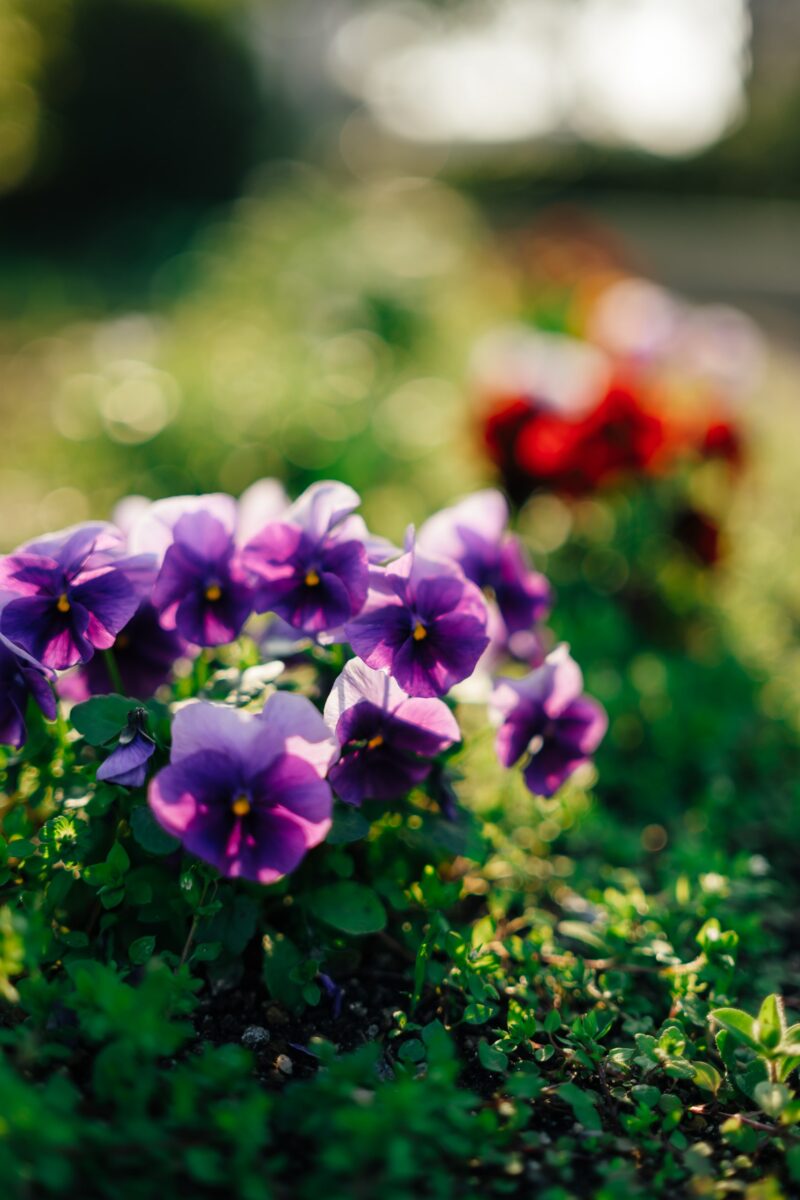
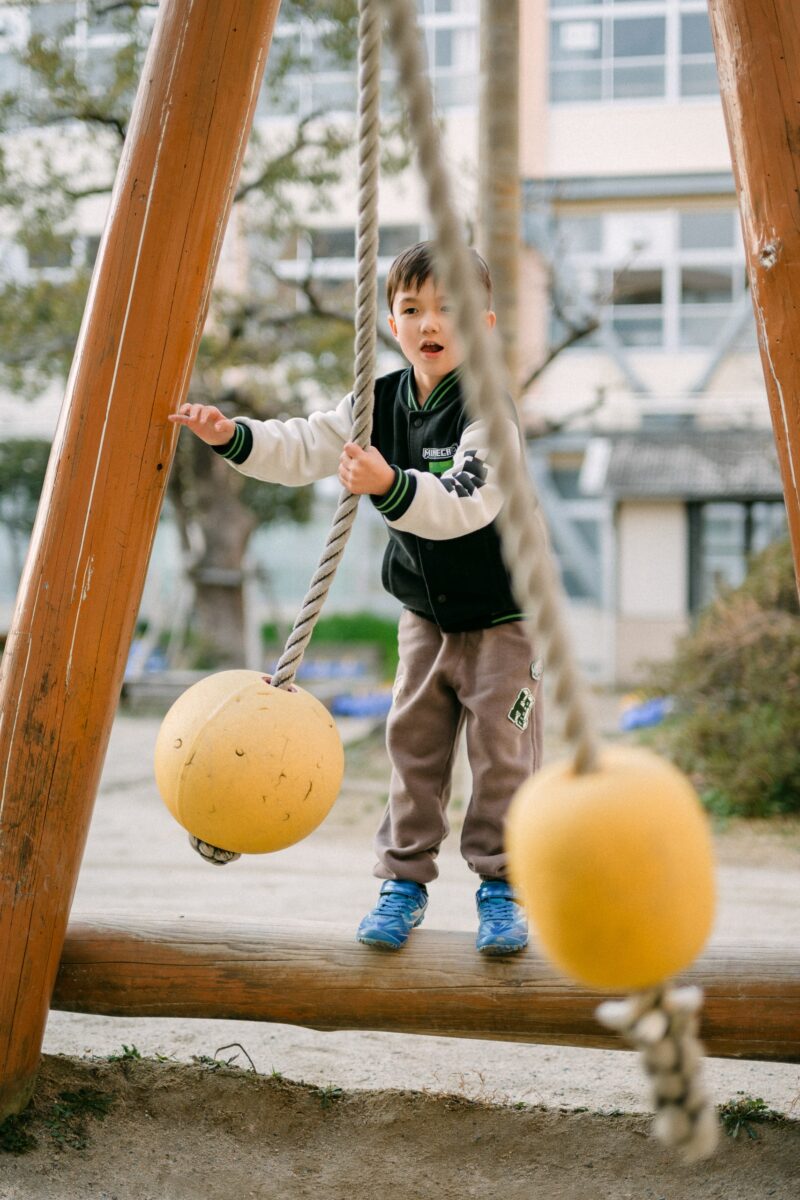

Color Rendering
From a technical perspective, the color rendering is clean and consistent, with no color shifts and a decent blend of contrast and clarity. It is better than most third-party lenses but not better than the Nikon S lenses.

Contrast / Micro Contrast / B&W Photography
Micro-contrast and contrast with the Nikon 50mm f1.4 are pretty good. Skin tones really hold onto their color and tones, although sometimes I do feel like the highlights get just a little muddy, but that’s a very minor detail.
Most of the Nikon prime lenses are pretty good, and so is this one.

Generally, shooting black-and-white photographs with a super fast lens like this can be difficult – for me anyway. But if you avoid super busy backgrounds, you can get an almost noir-type vibe at f1.4. The micro-contrast is also good enough to still hold onto all those skin tones for some nice pop, but here the f1.8 S lens would give you noticeably punchier results. You could also stop down with the lens to around f2, that helps a little with the clarity as well.
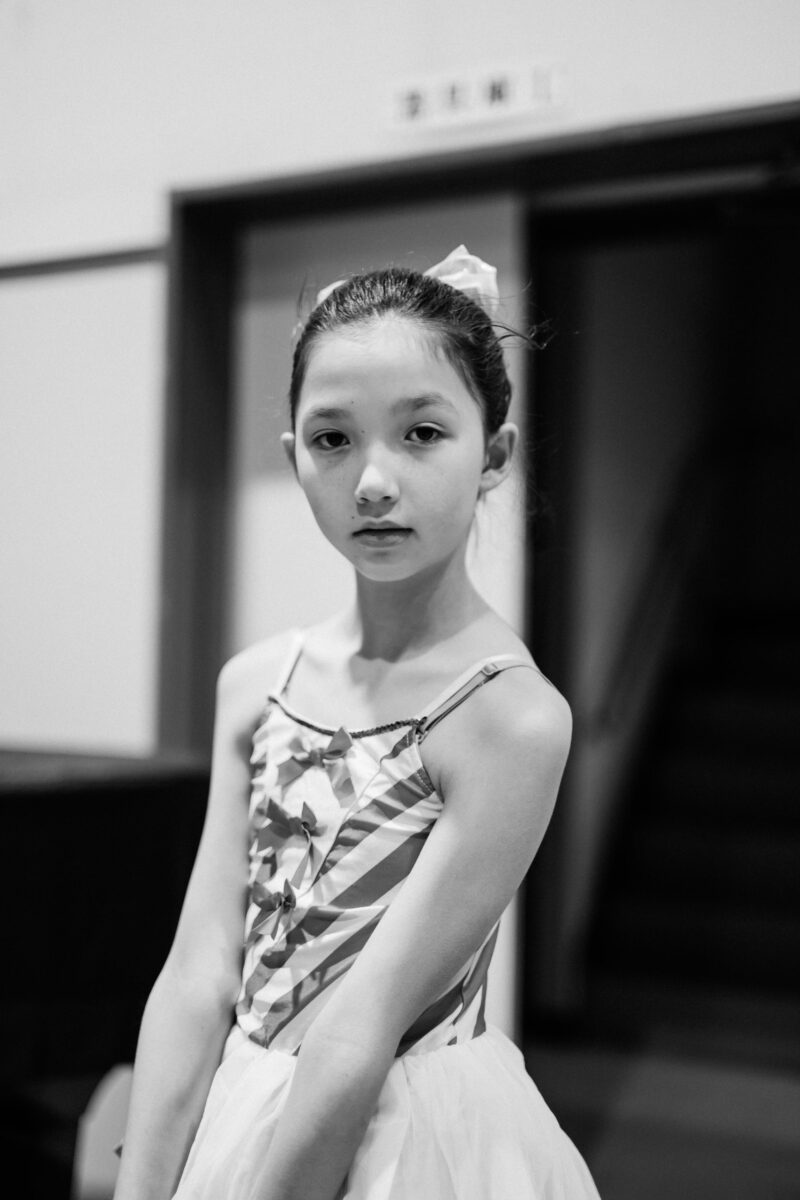
Here are some samples where I try to keep clean backgrounds when shooting at f1.4, except for the second photo. I always feel like if you try to shoot black-and-white photography with a super fast lens, the subject can get lost in a busy background, so these types of lenses aren’t really my go-to for black-and-white photography.


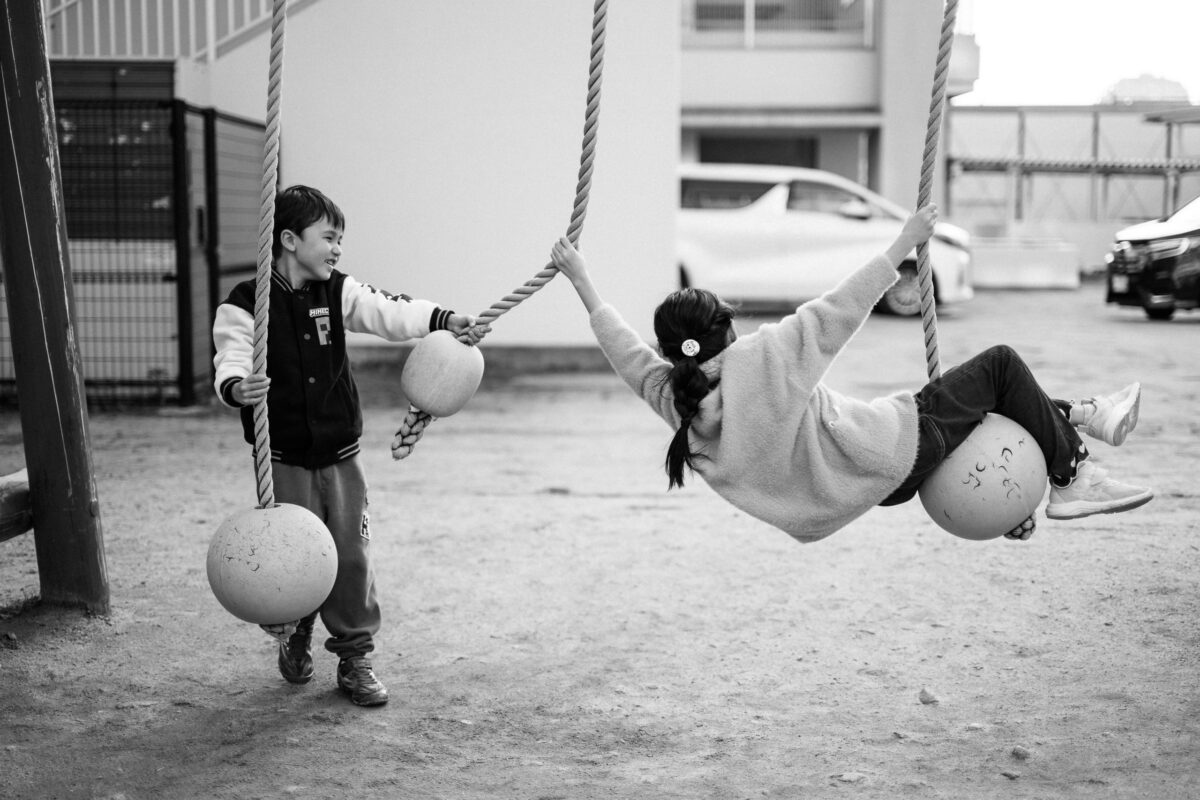
Nikon Z 50mm f1.4 Review – Bottom Line
The Nikon 50mm f1.4 is, by all means, a character lens. However, it is stacked with elements and has a larger design, so you get slightly better technical performance over the smaller, lower-element classic lenses of the past. I think I accept the balance and all the compromises Nikon made to make this lens what it is, and for a hipster portrait lens, this thing is god-tier, even though it doesn’t have Fujifilm written on it.
It actually reminds me a little of the Fujifilm 35mm f1.4, but better because it doesn’t have all the CA and AF issues.
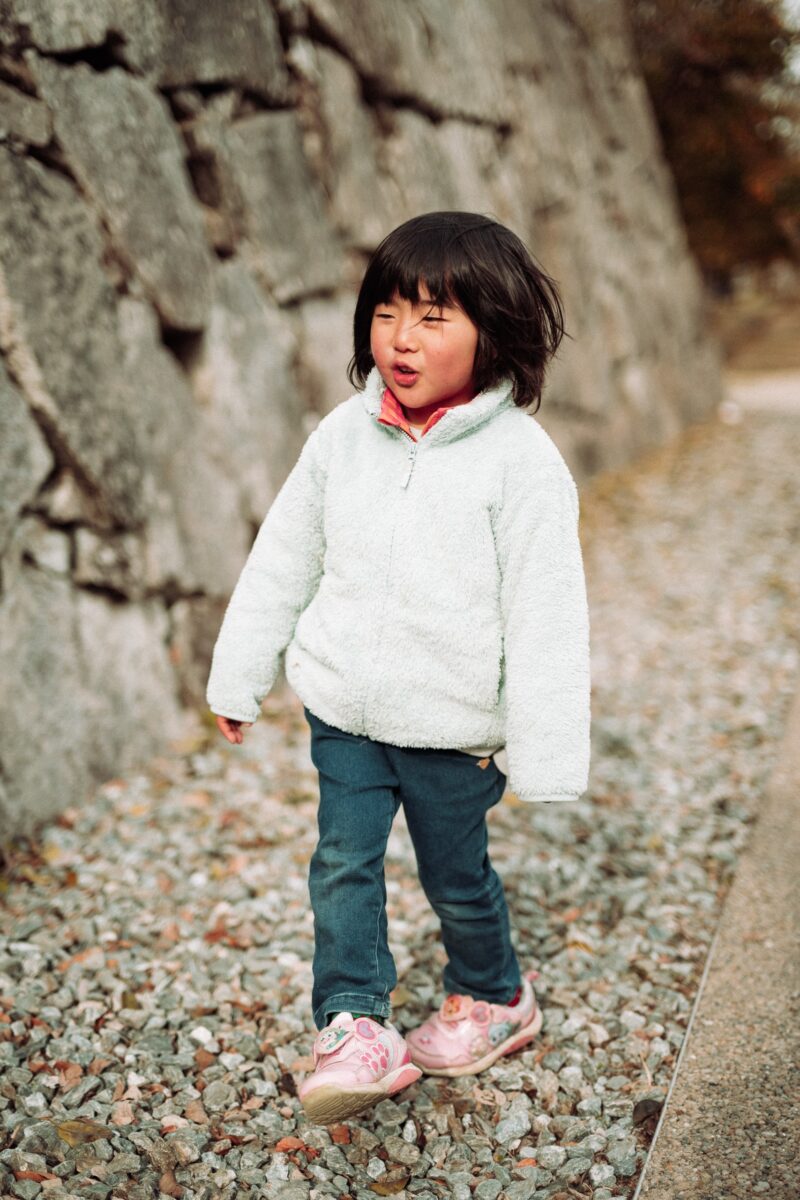
The Nikon 50mm f1.4 has become my fun lens and my portrait lens—the one I take out with the kids or when I’m just messing around. Its wild character often gives unique and unexpected results, so I’ve been reaching for this lens a little more than the 50mm f1.8 S version.
However, if I were to shoot in more serious situations where I needed consistent professional results, I would always use the 50mm f1.8 S lens. For example, I would still take the f1.8 S lens to any type of event over this f1.4 version.

I love Nikon’s decision to let their non-S lenses have more classic qualities while leaving the S series as the top-of-the-line modern perfection. This gives photographers some nice options and different styles of optics to choose from.
If this lens ever goes on sale, shut up and buy it. It’s a solid character lens, even at its base price. However, if you don’t need f1.4 all the time, it pays to upgrade to the f1.8 S.
Nikon Z 50mm f1.4 Sample Images
Samples are all shot with the Nikon Z8 and colored with the Core Presets.
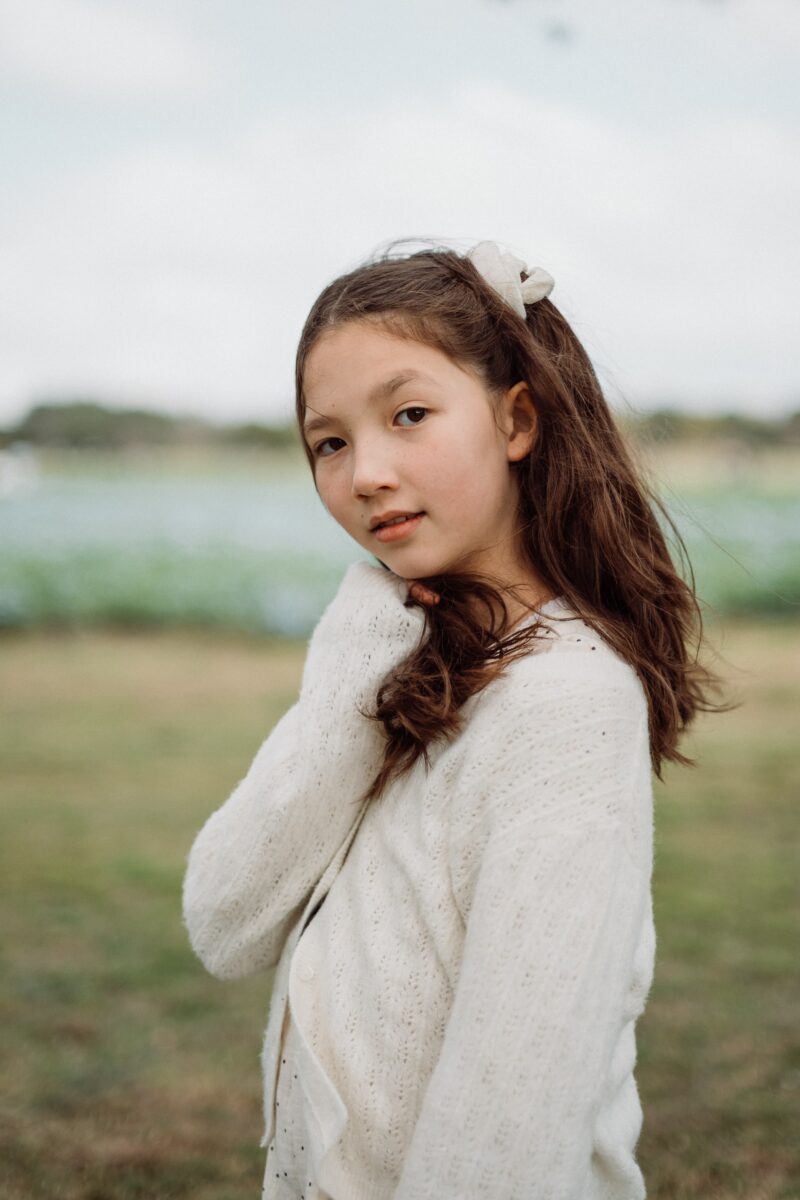
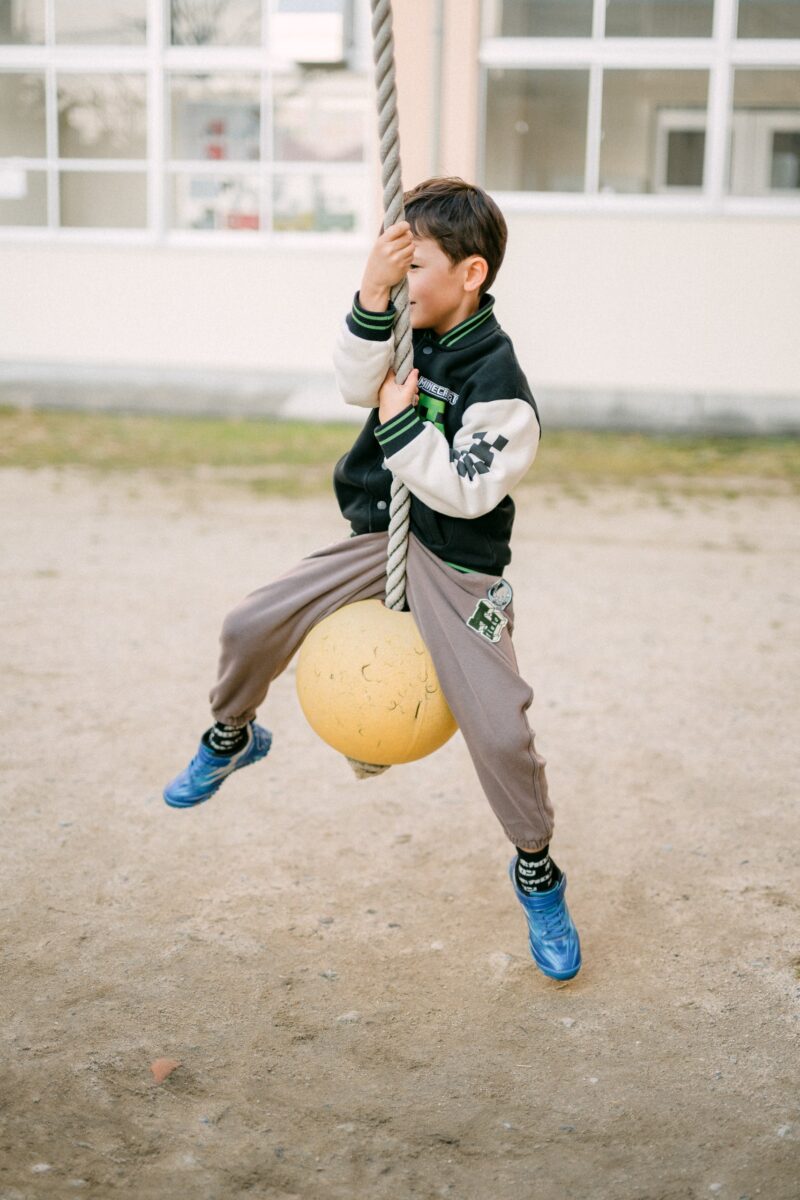


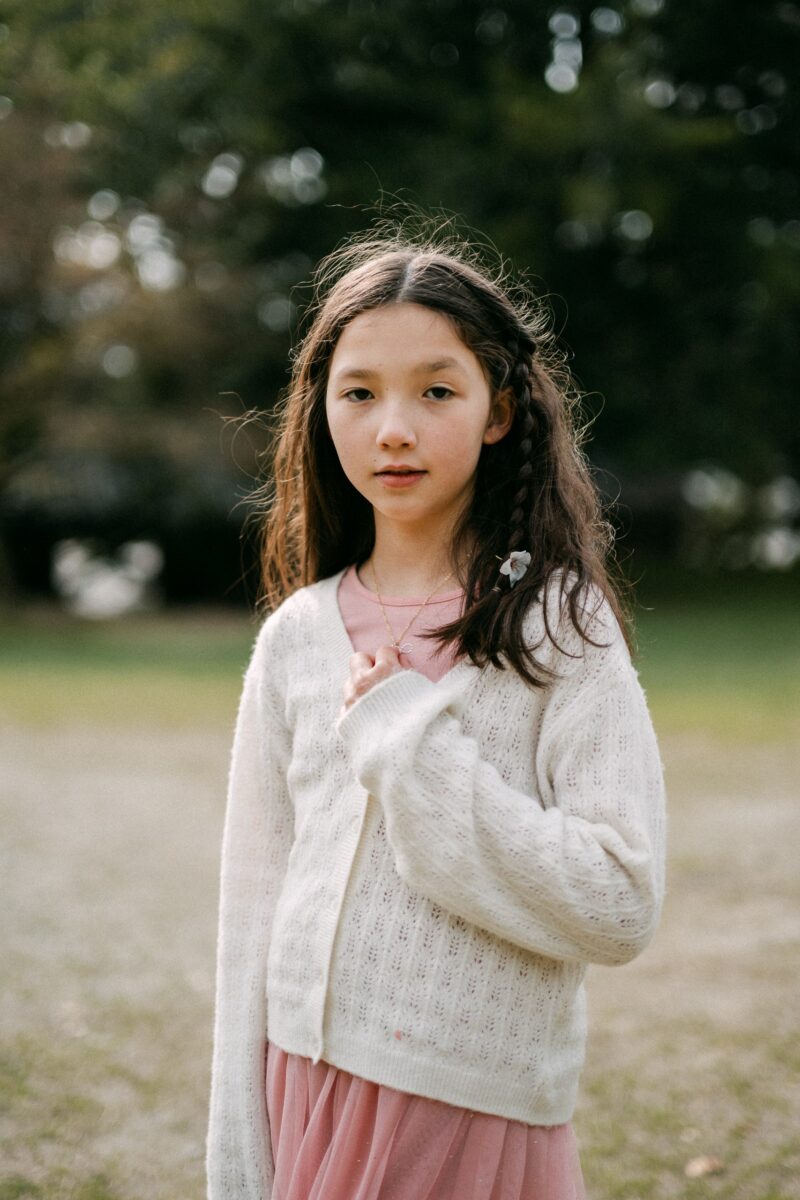
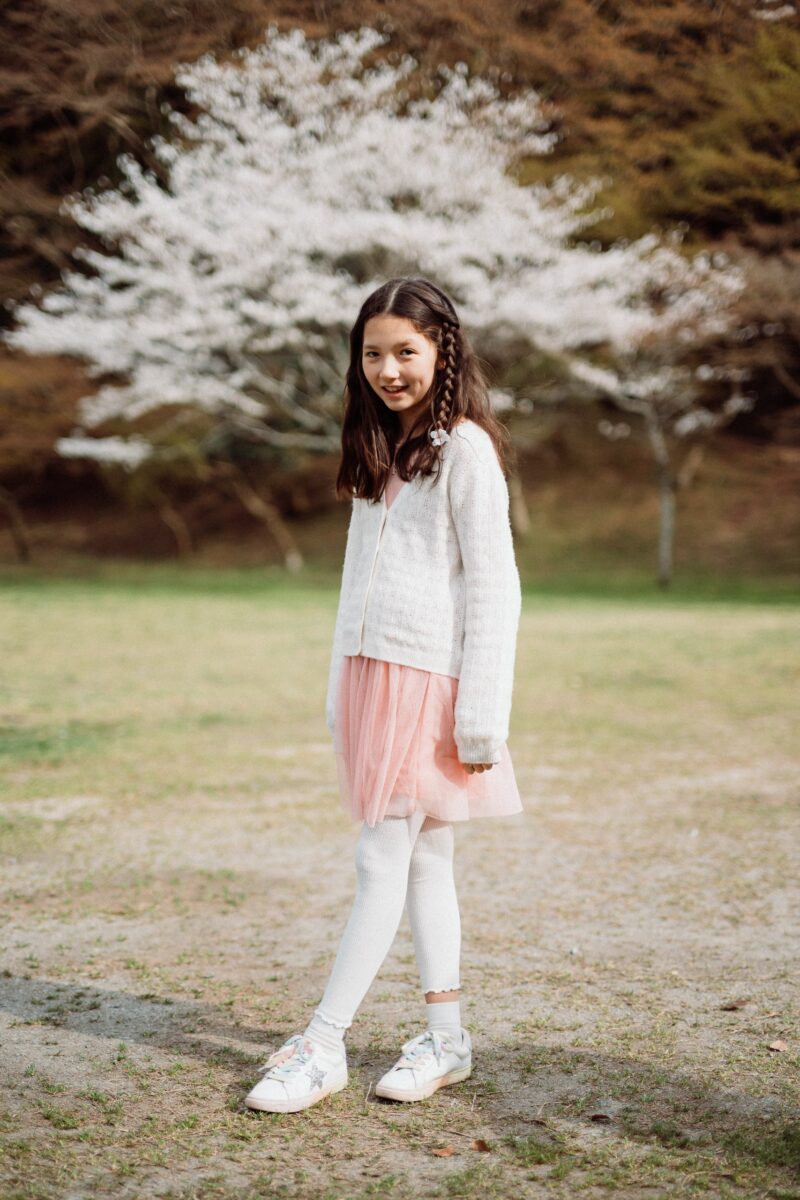
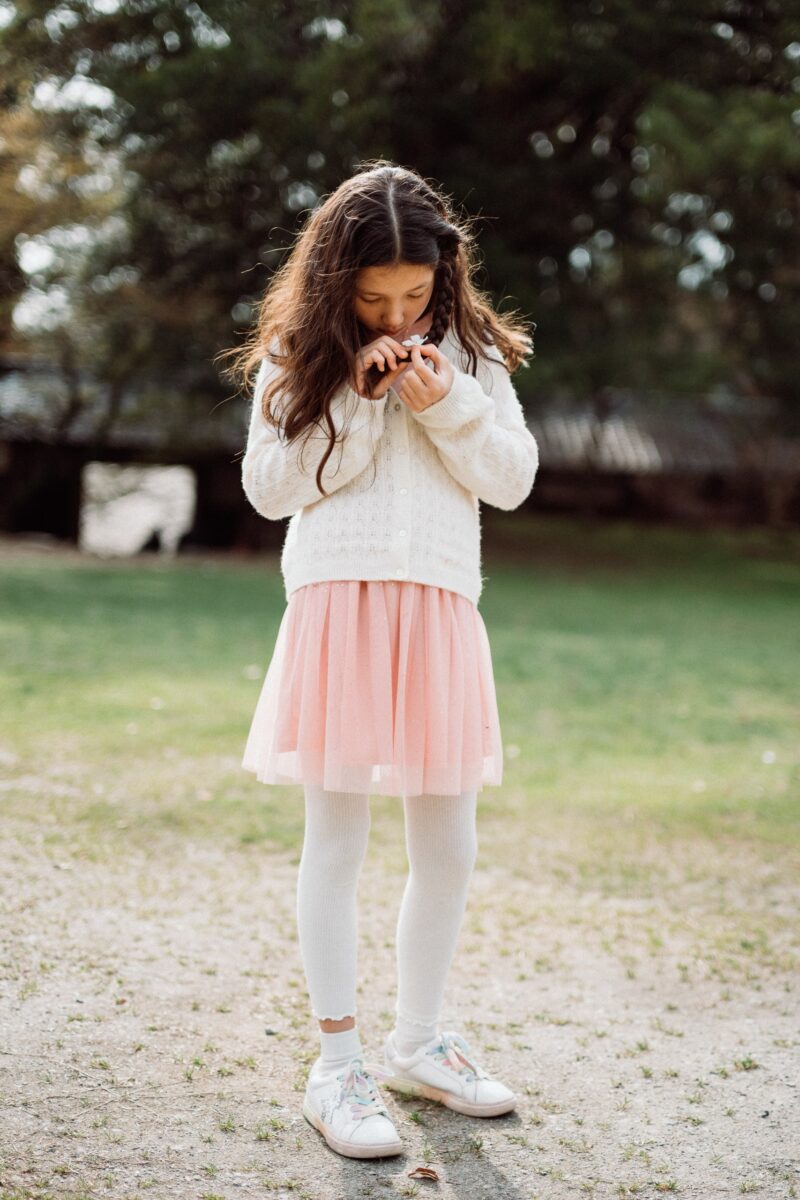

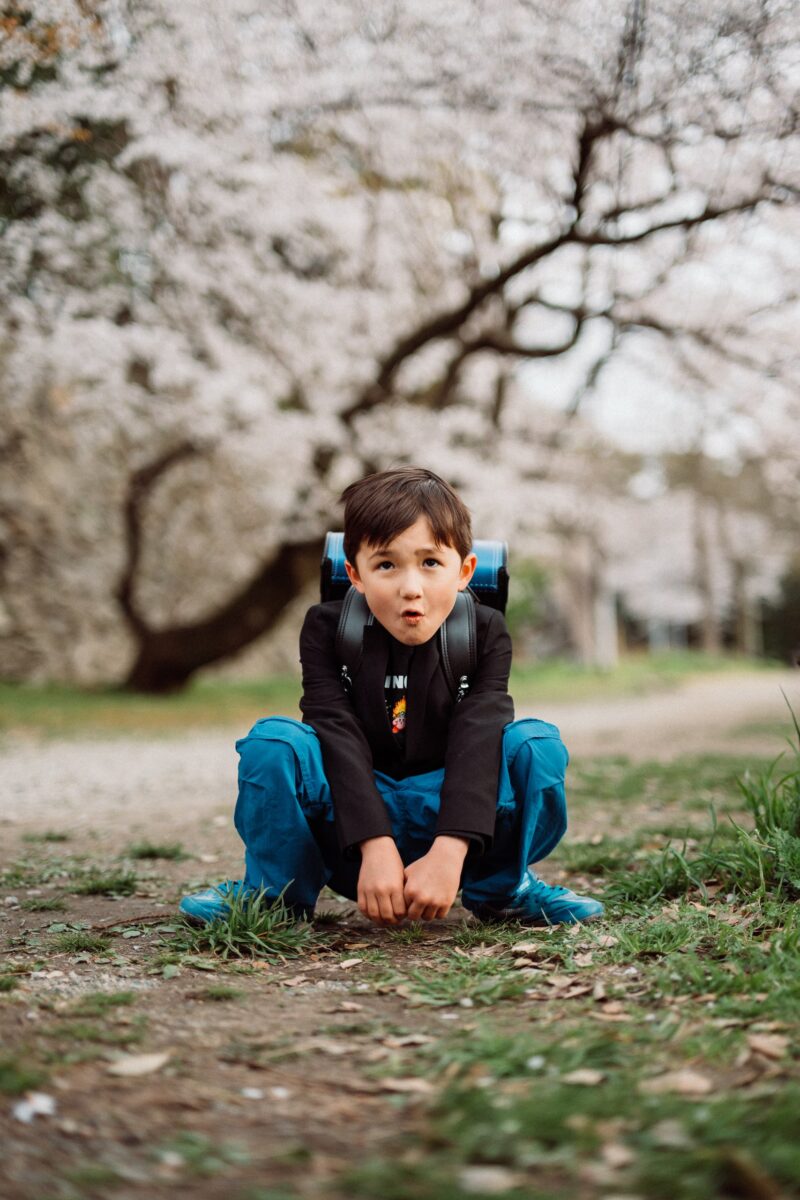
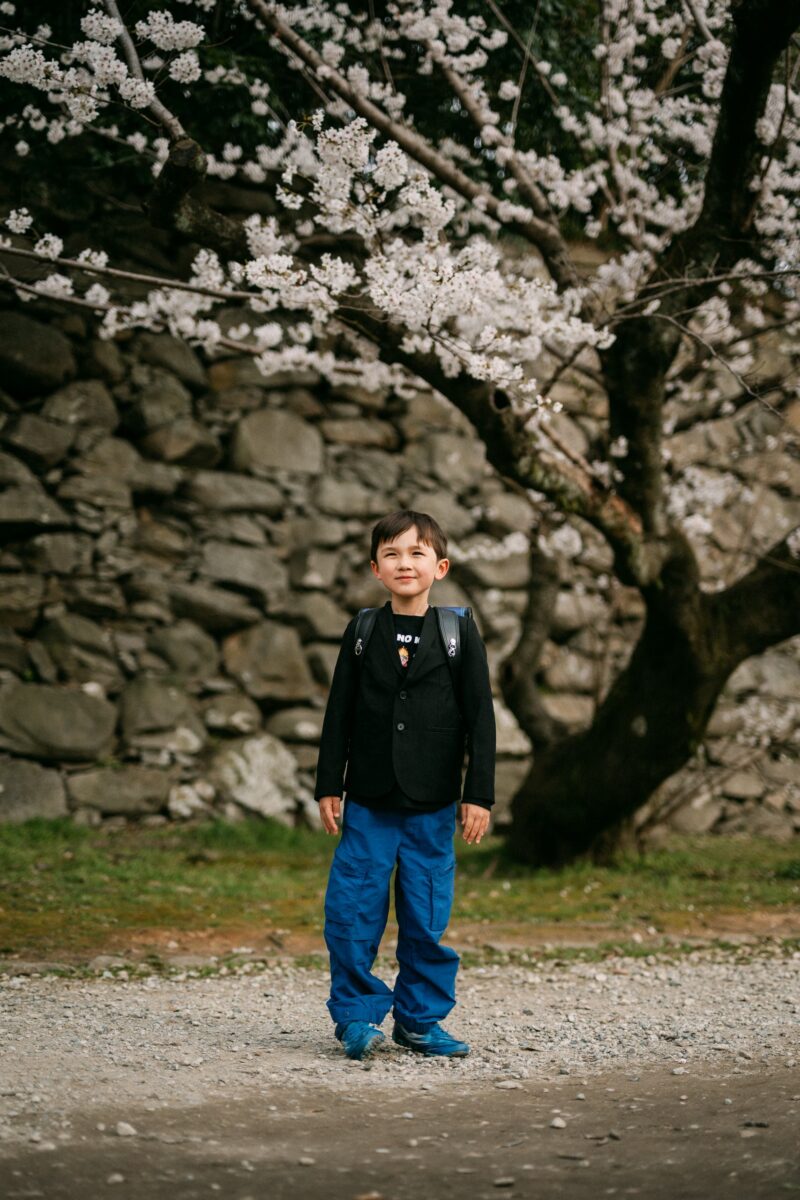
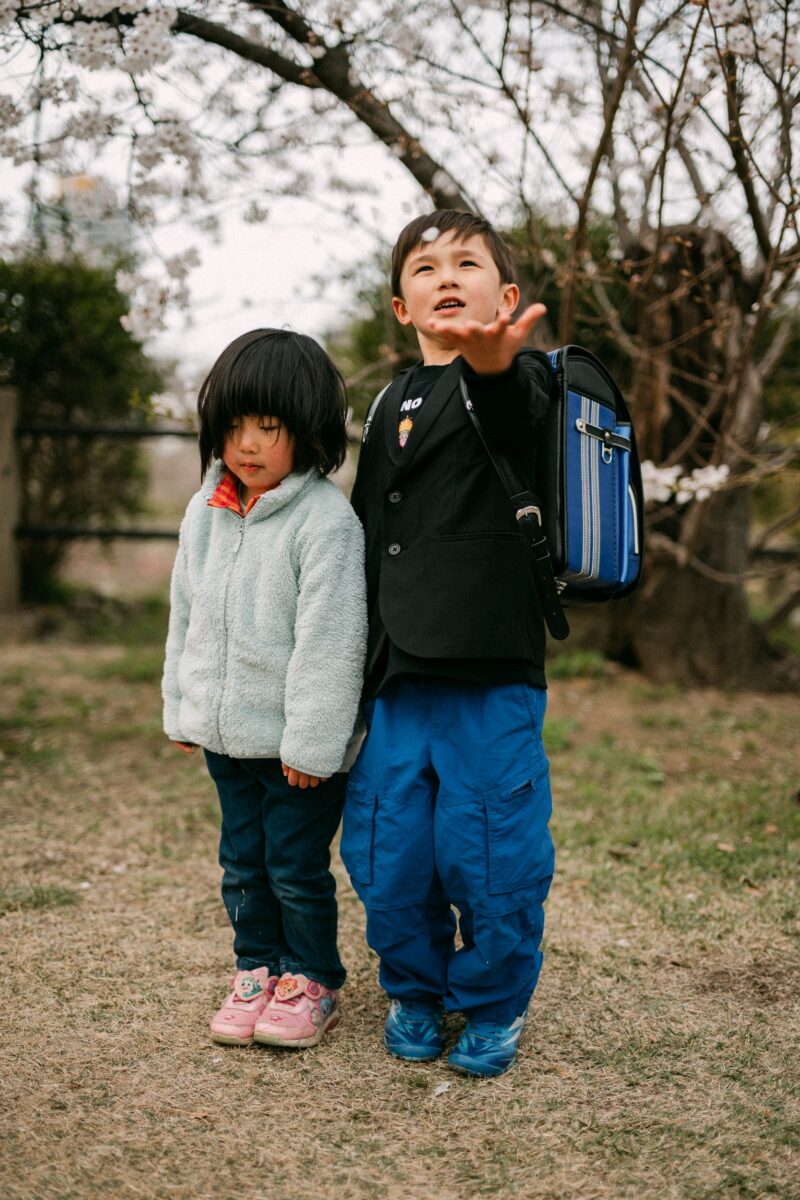
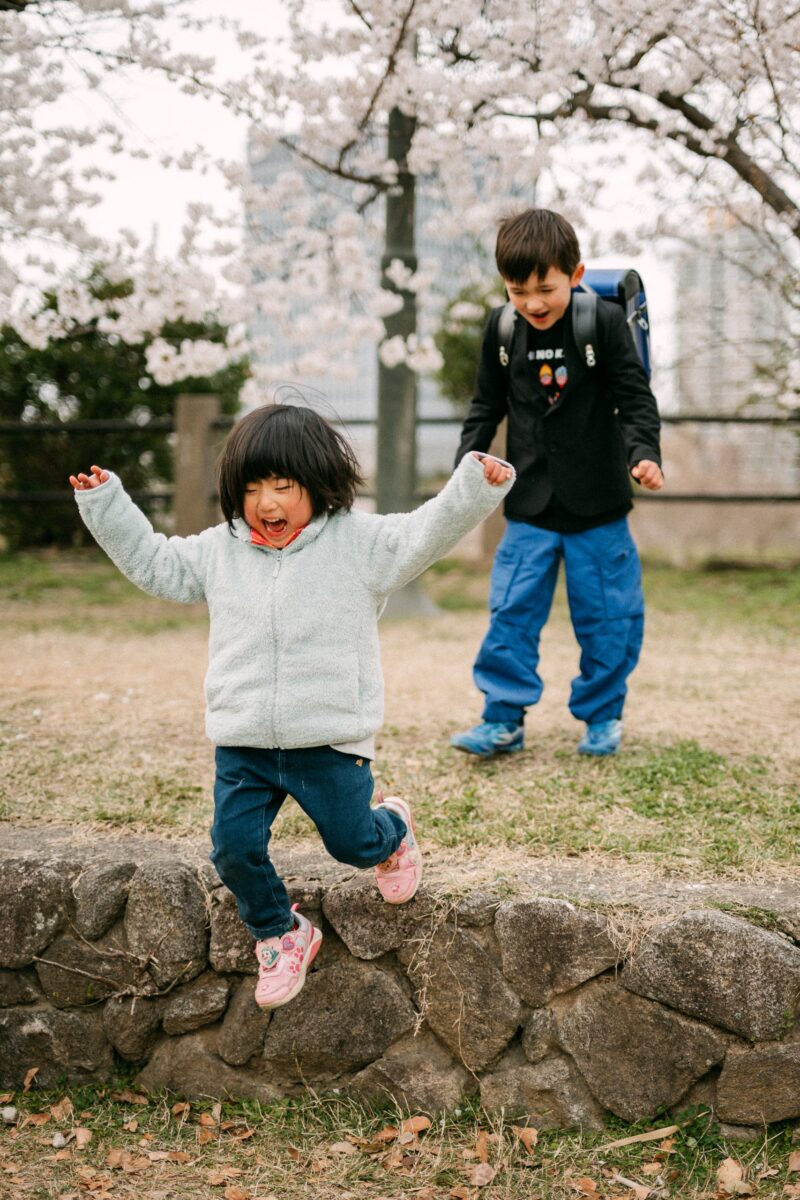
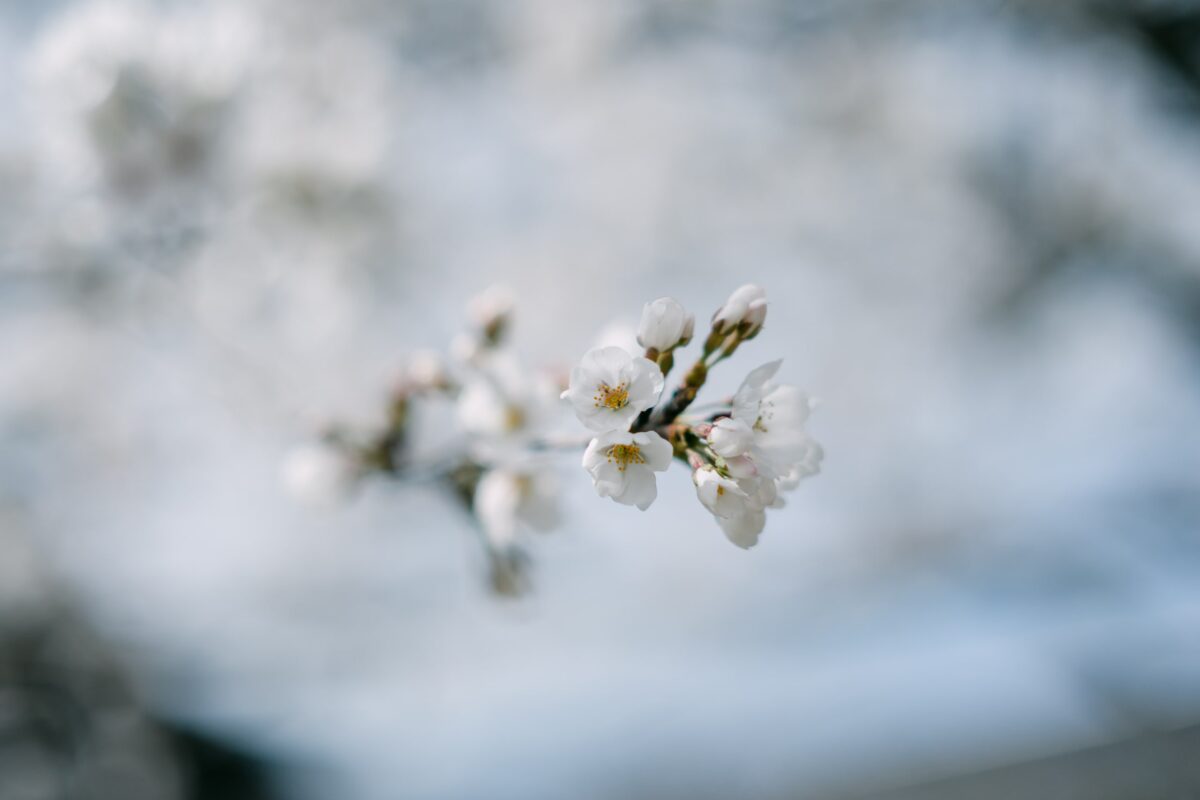
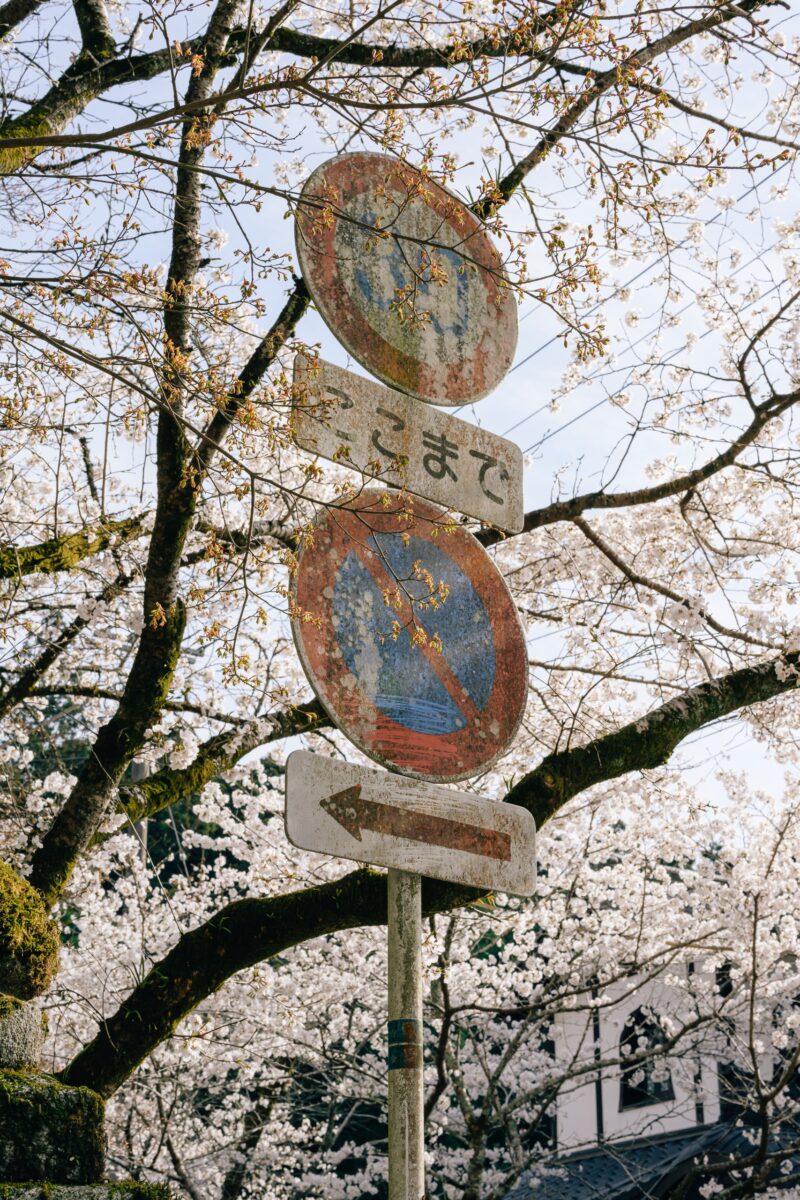
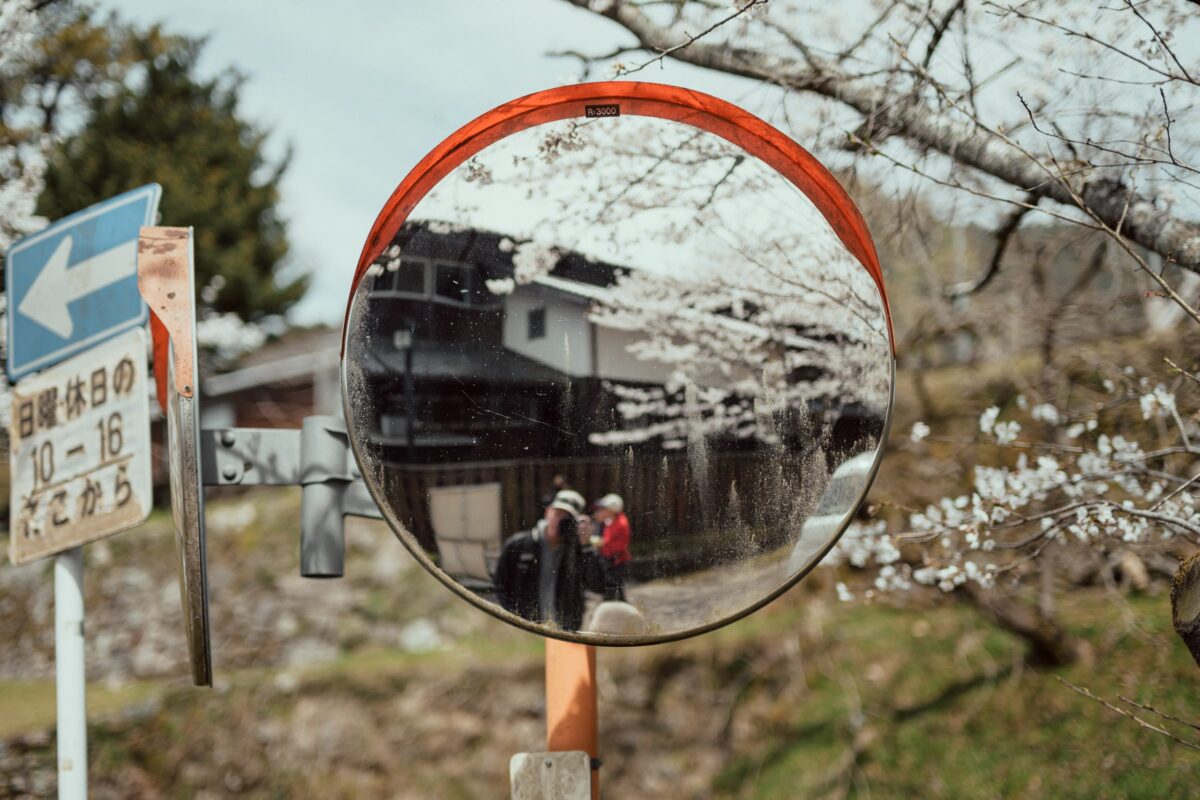
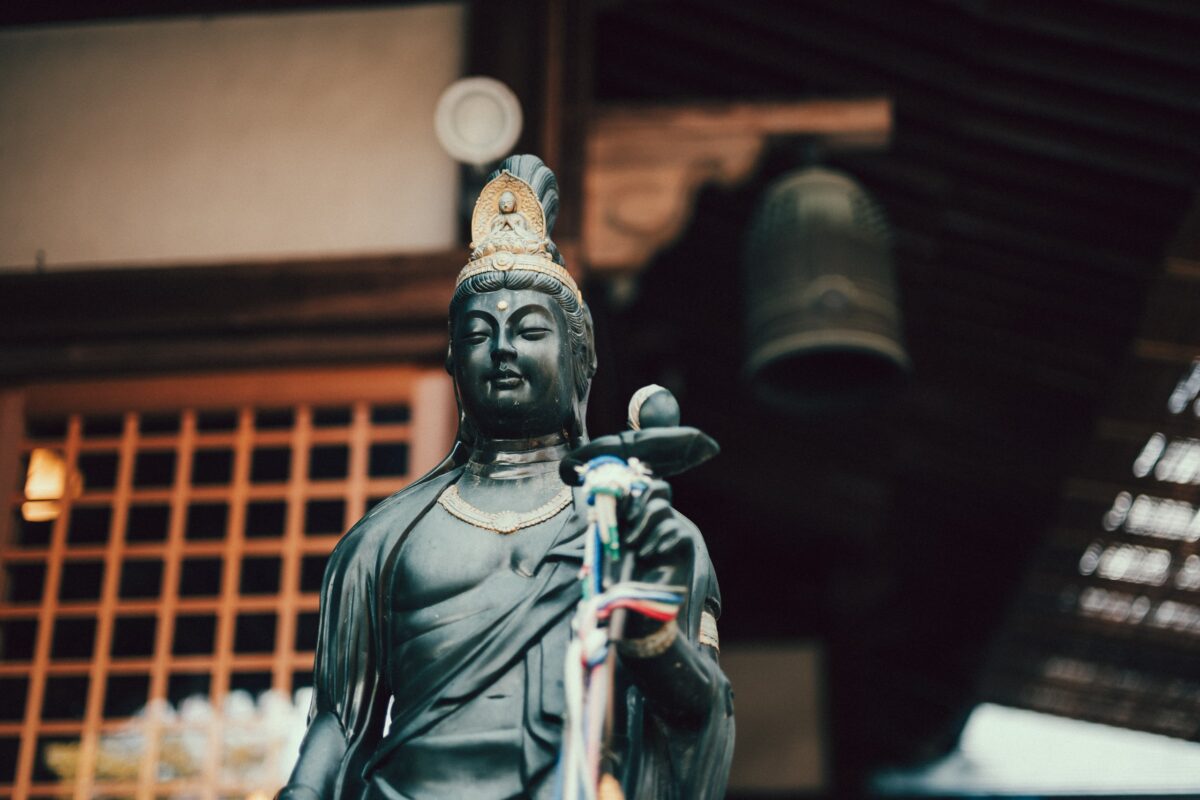
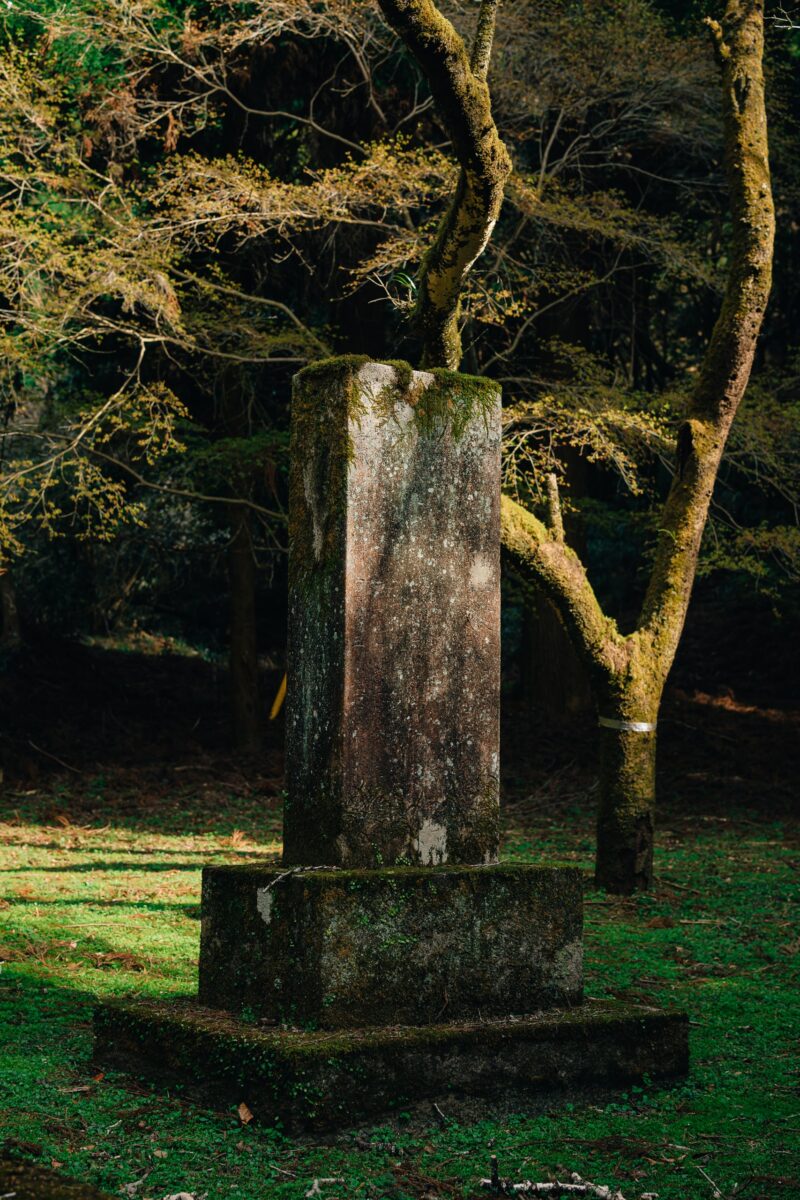

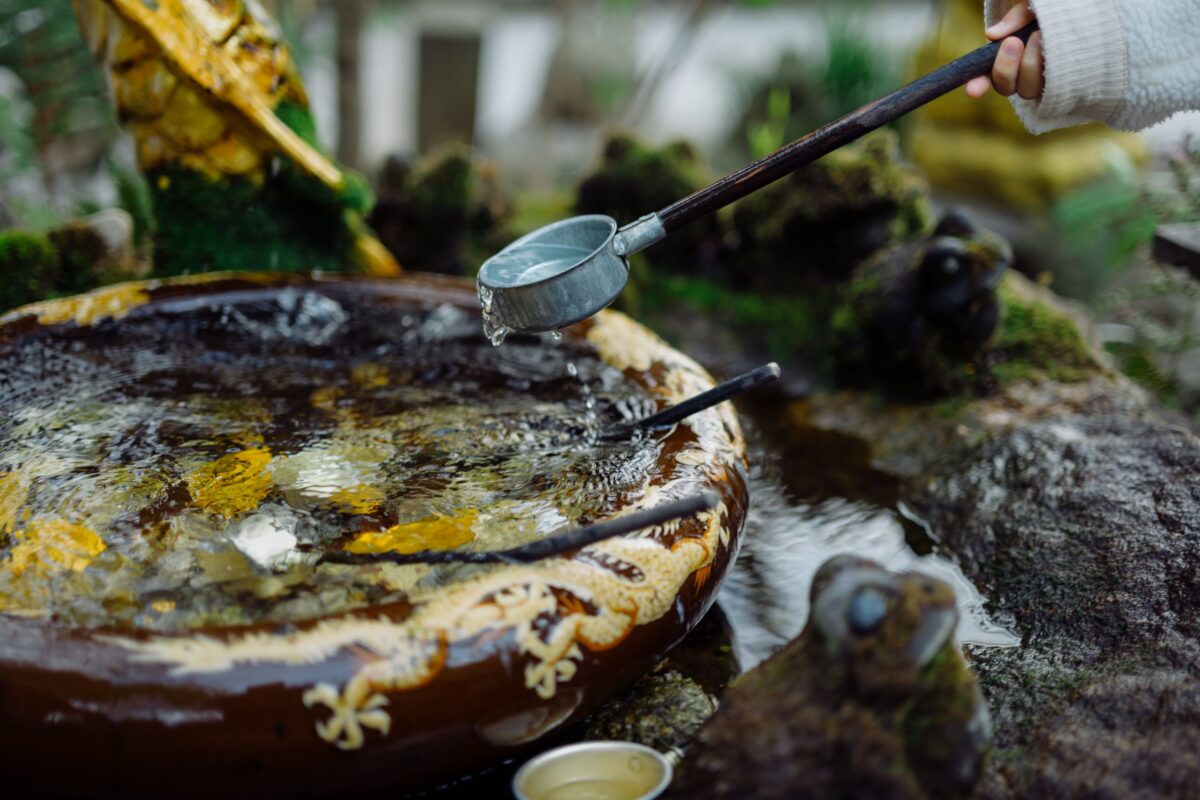
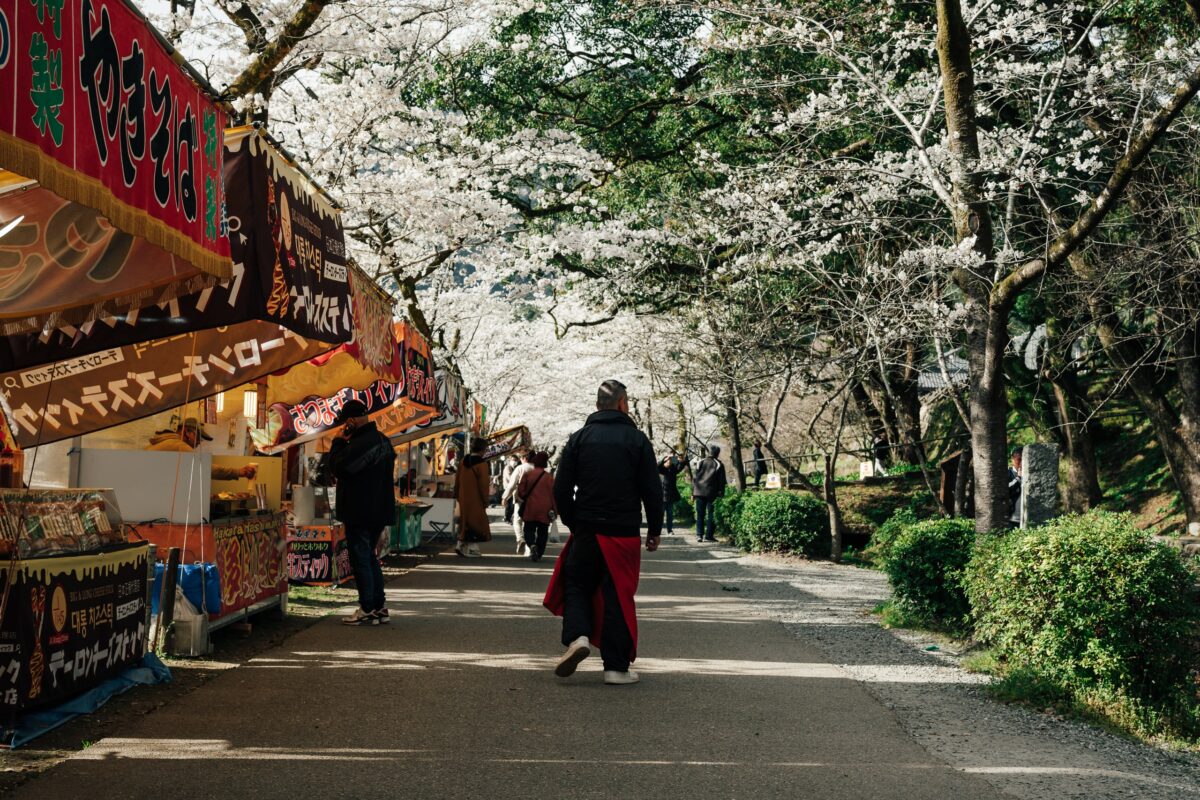
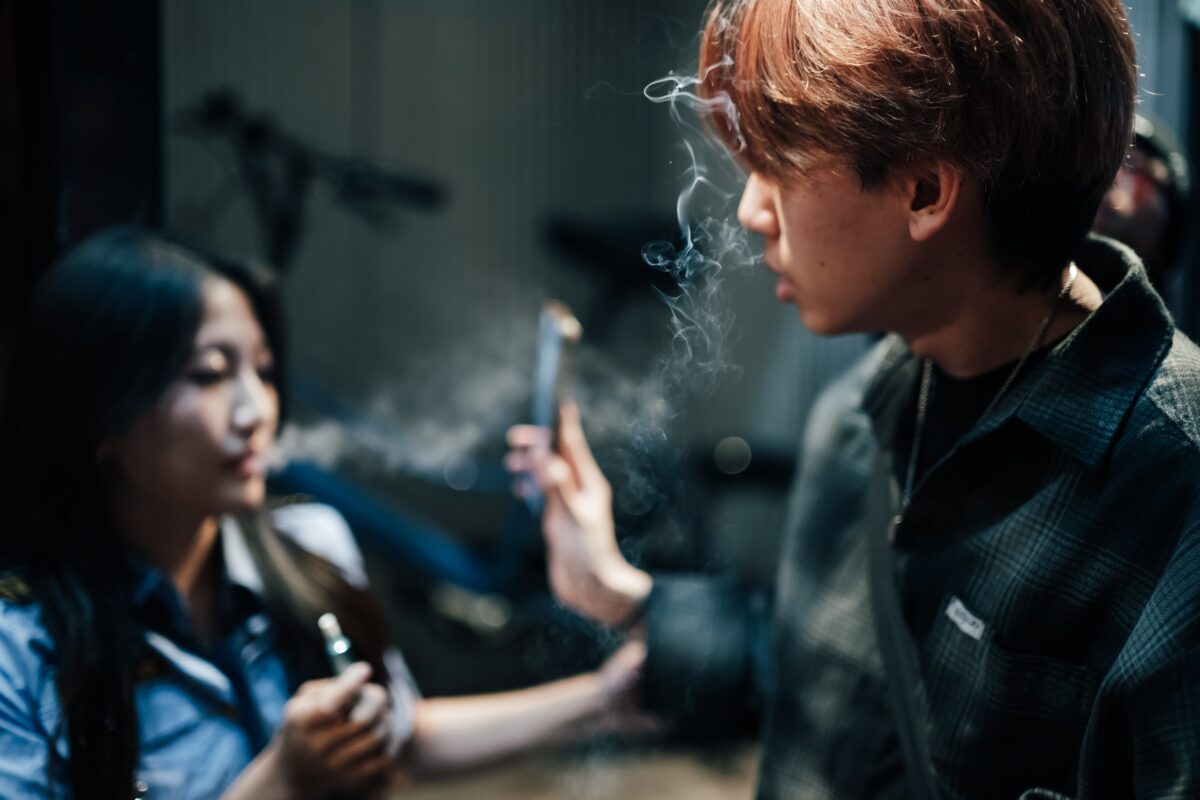
Nikon Z 50mm f1.4 + Tiffen ProMist 1/4 Sample Images
I initially used this lens with the Tiffen ProMist 1/4 filter, but I don’t think it needs it after all these tests. It looks great without it, or I will just back off and use a 1/8-strength filter from now on. 1/4 is a little overkill on this lens.
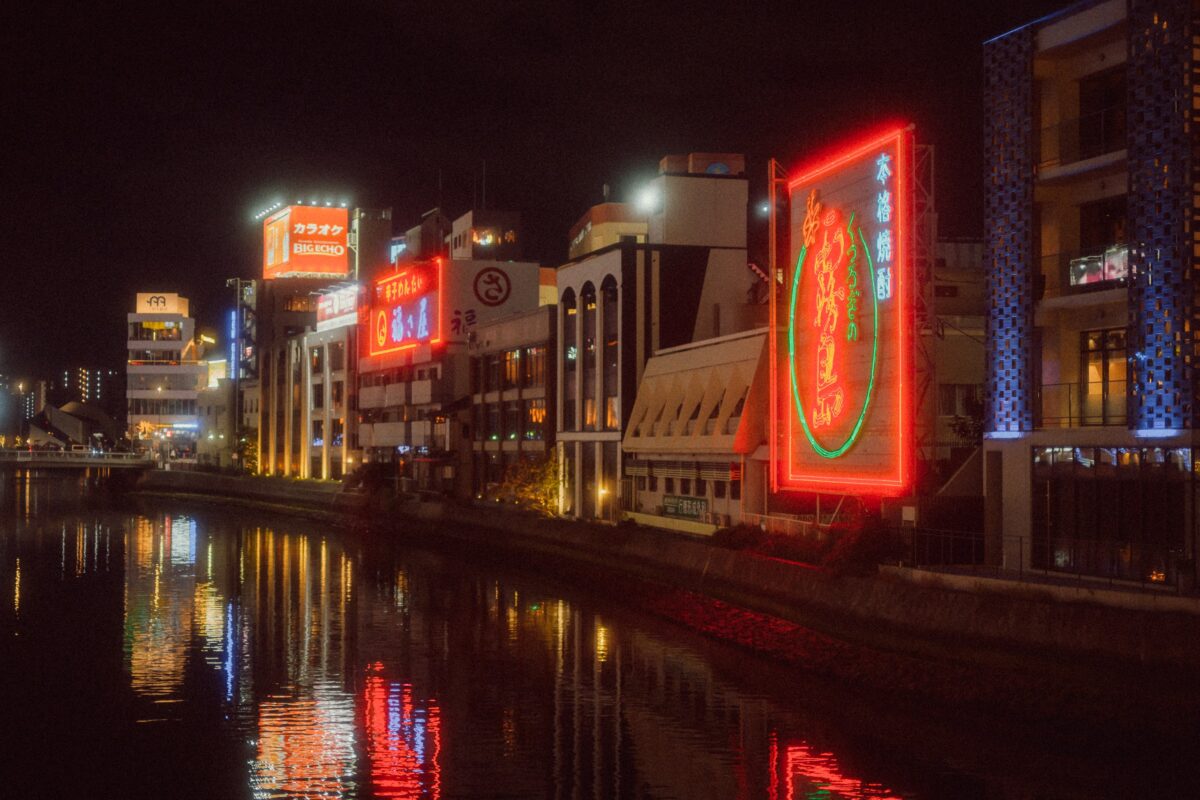
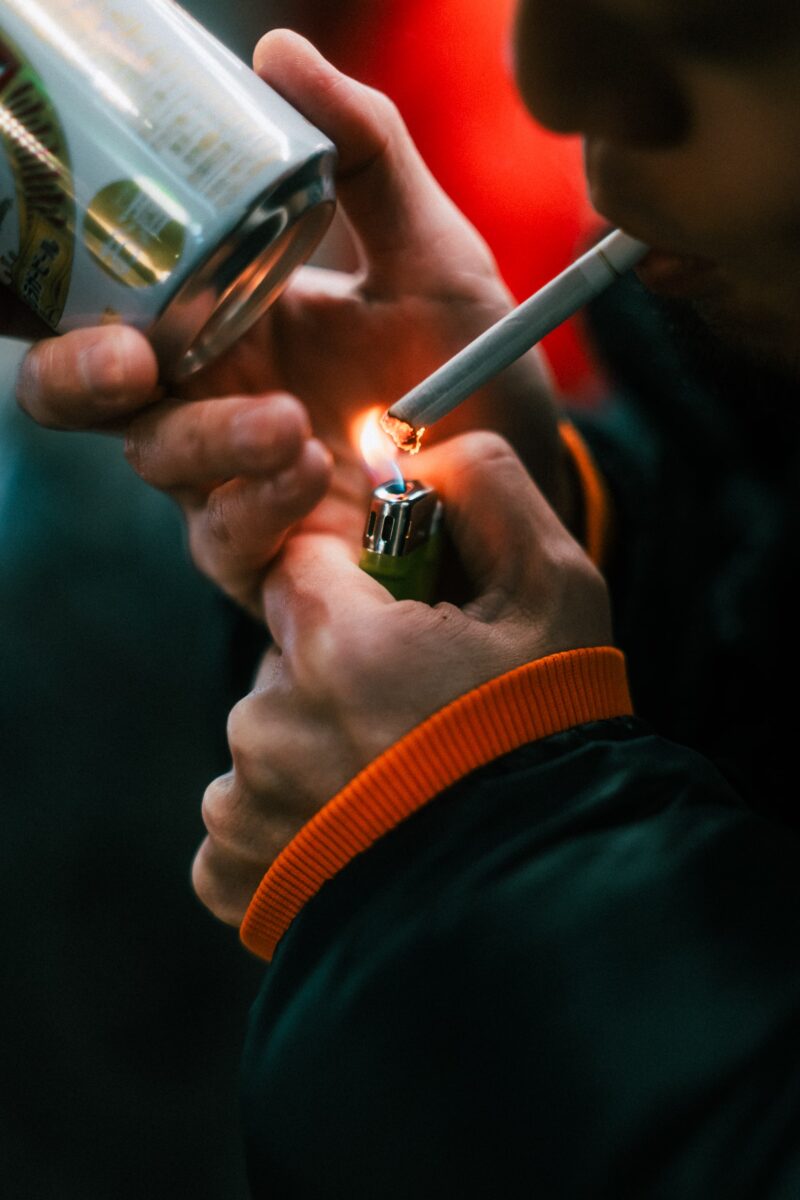
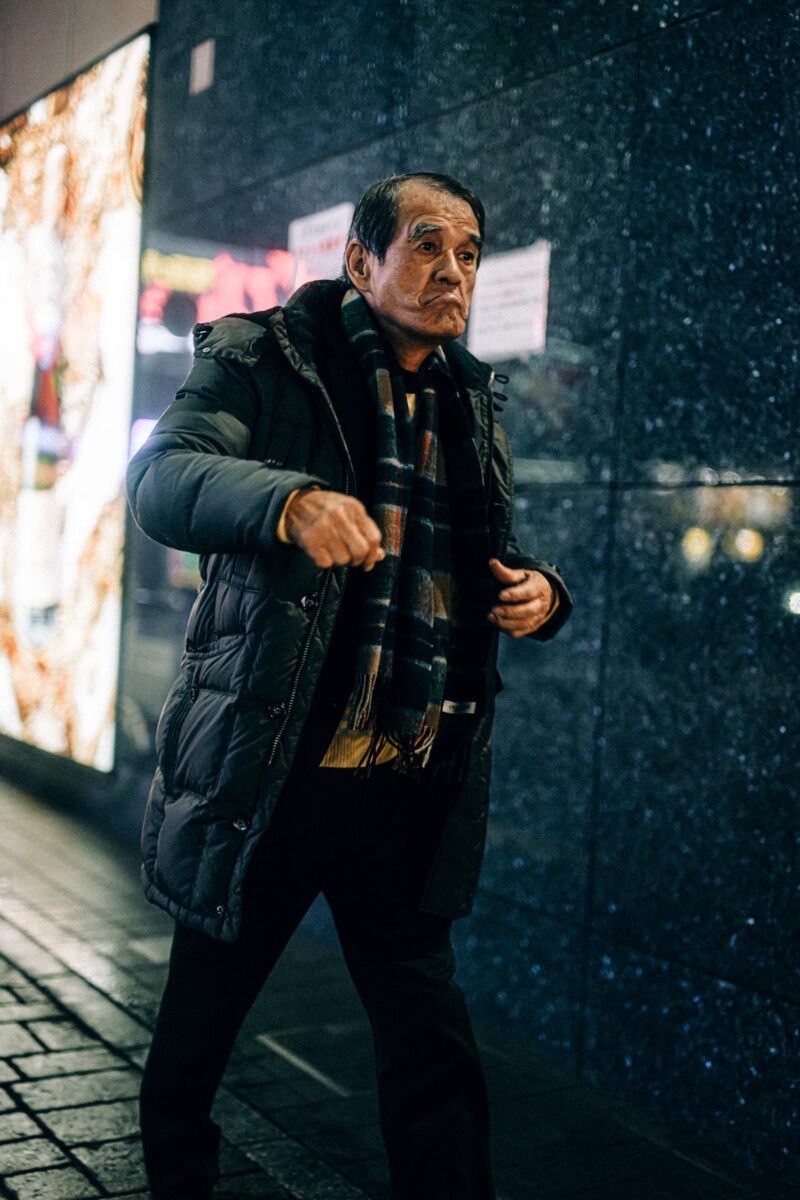

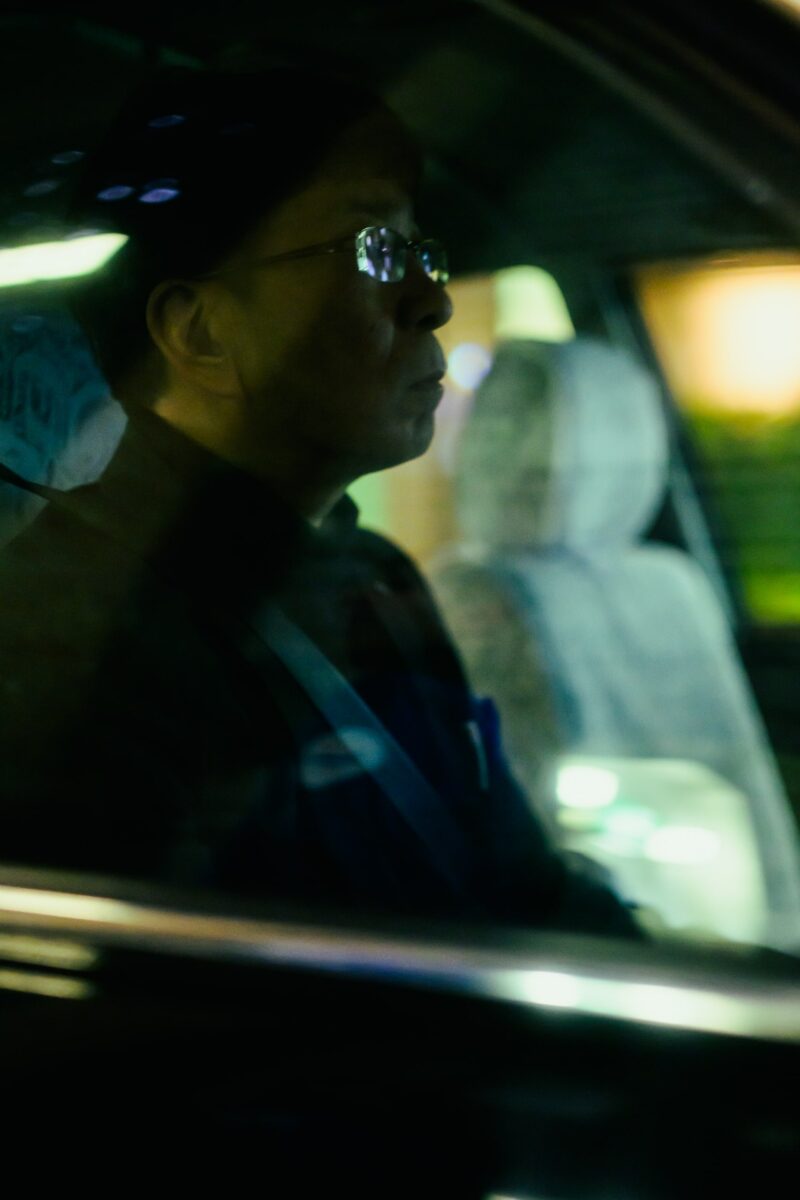
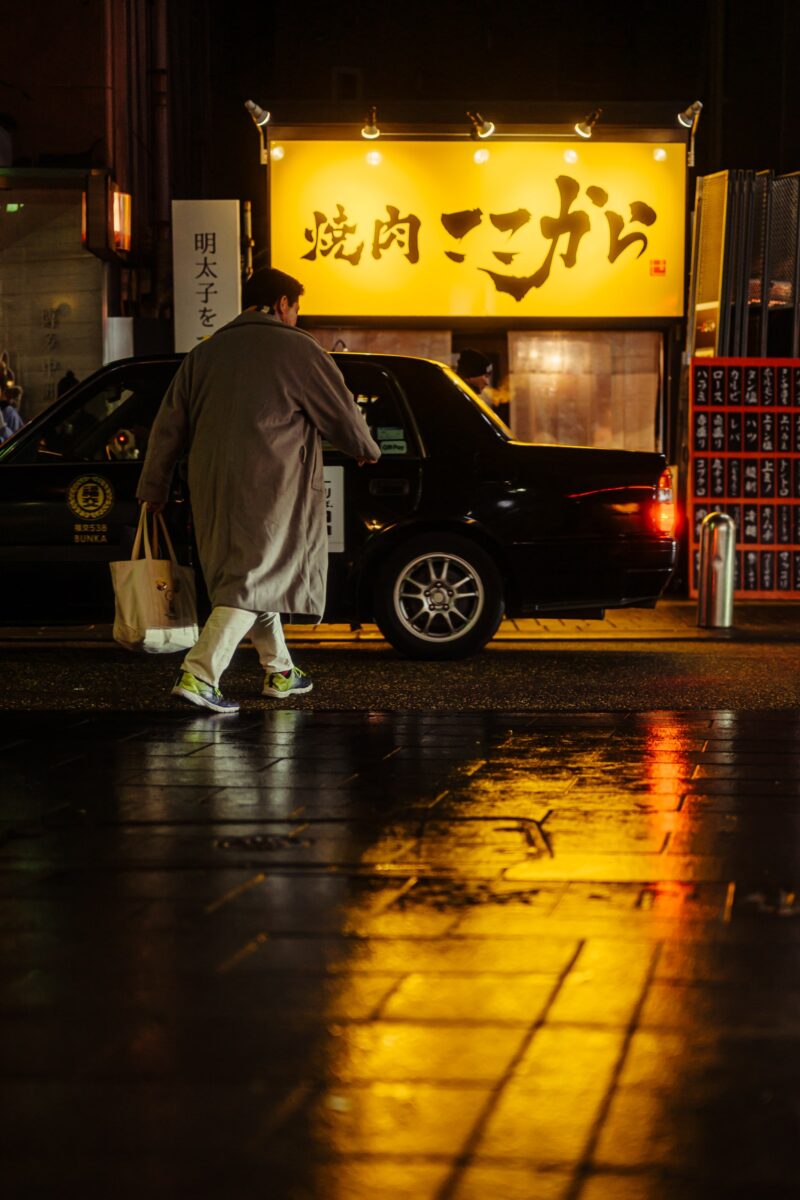

| **This website contains affiliate links. We will earn a small commission on purchases made through these links. Some of the links used in these articles will direct you to Amazon. As an Amazon Associate, I earn from qualifying purchases. |
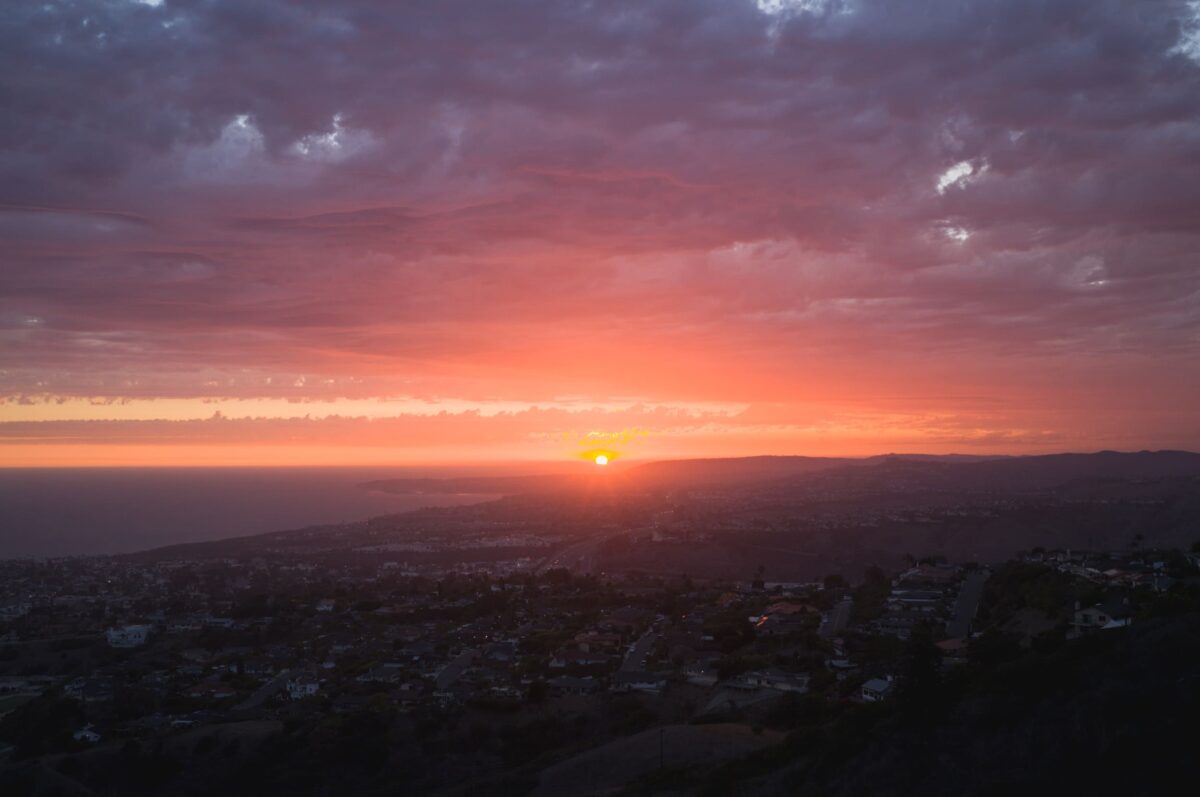

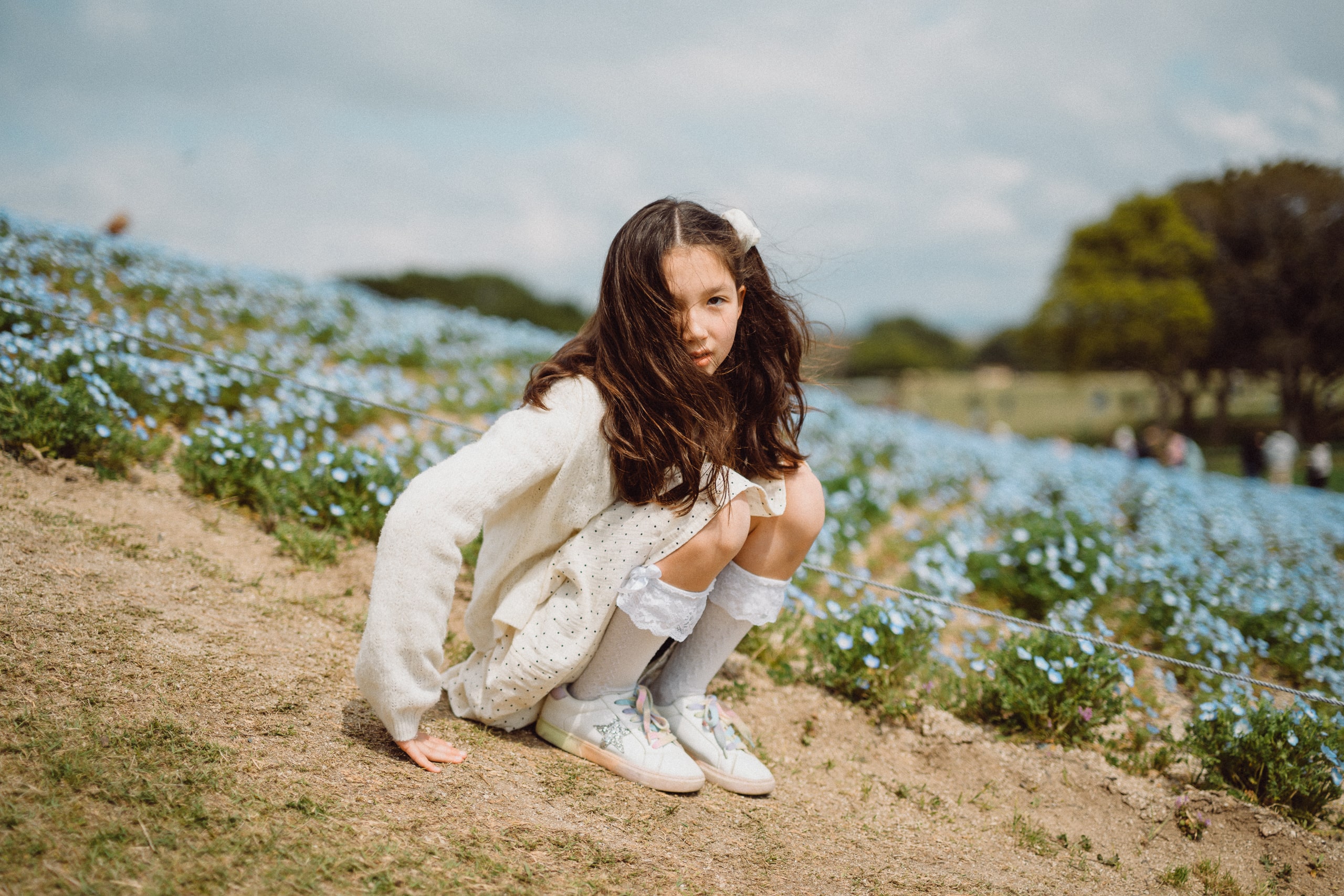
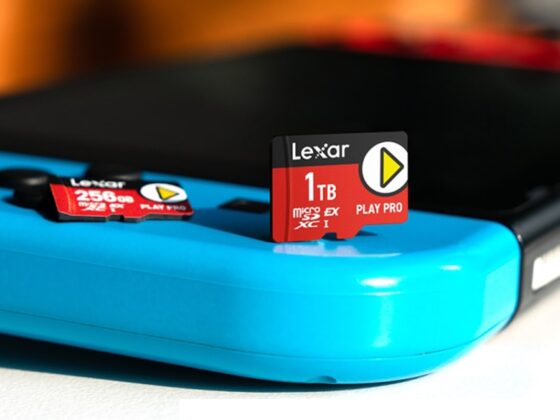
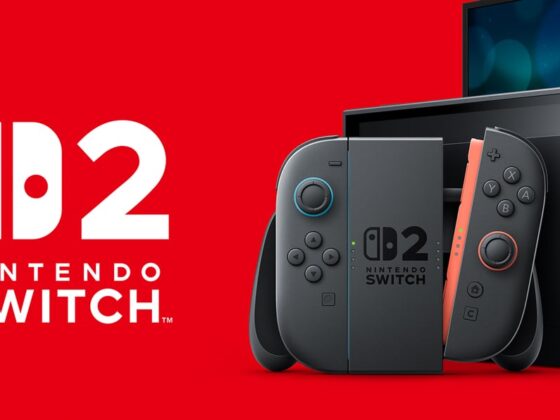
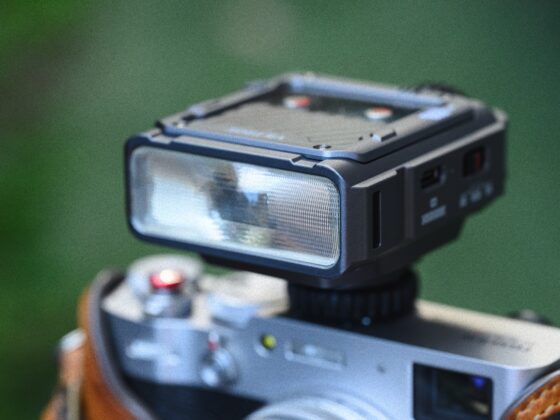
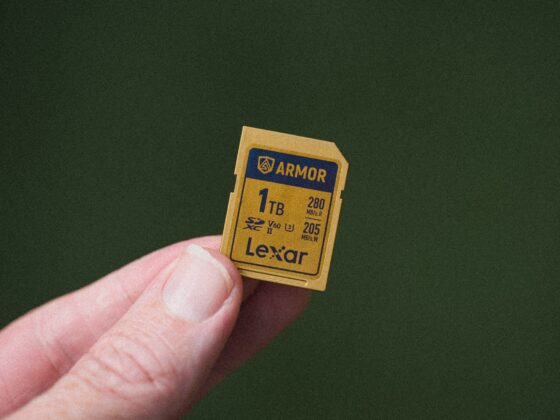
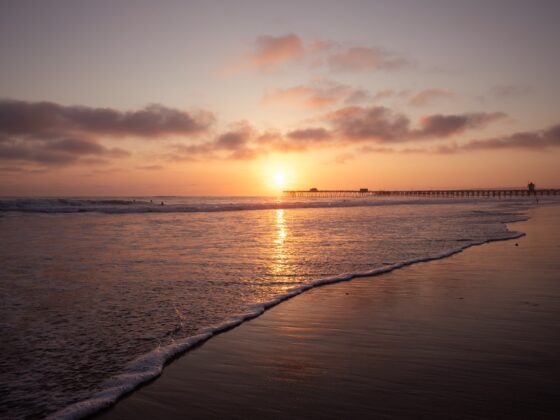
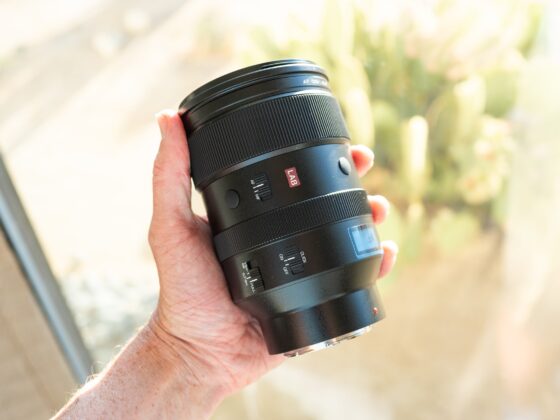
Love your reviews but you are making it very hard to decide which lens i should add to my collection!! if you had to choose only 1 lens from the 35 or 50 , 1.8 or 1.4s as your main purpose family, travel everyday documenting lens which would you take? i currently have the 26mm Nikon and 40mm voigtlander, which i adore but my MF skill is not good enough for todders my kids are a bit younger than yours.
I used the 50mm f1.8 as my everyday family travel lens since it came out. But now we have the f1.4 and now it’s getting difficult to decide which is the better lens for what. 🙂
Here is what I’m thinking at the moment, assuming you’re on a full-frame camera. As a family fun lens, I would do 50mm. I know 35mm is probably more useful for most people but I love 50mm. And you already have the 26mm so you’re covered on the wide end for indoor photography and you have the Voigtlander 40mm for incidental type stuff. The 50mm would at least now give you a solid portrait lens which those others are not, but the other lenses can fill the gap for everything else, whereas the additional 35mm would just overlap.
The f1.8 lenses are great, but the extra price isn’t necessary for family lifestyle photography even though they are a little sharper with slightly better contrast. However, if you don’t mind spending more, and want a slightly more modern cleaner corporate look, grab the f1.8. This is all going to come down to personal preference. If you want more of that classic portrait hipster wedding photographer look, like I’m doing in this post, the f1.4 is great.
I’m personally using the 50mm f1.4 more right now as my main lens, along with the 26mm. And that covers everything. 50mm for nice portrait-type stuff, 26mm for parties, and kid activities. Also if you are shooting video, some of the Nikon cameras now have the Hi-Res zoom, so you can digitally zoom that 26mm, and it’s super handy, especially on the Z8 which can zoom in 2x. I think they just added it to the Zf, and the Z6III has this as well. I use this all the time on the 26mm.
Hi Alik, you are making another lens look very tempting. I don’t have the Nikon Z 50mm 1.8 S, but I do have the Nikon Z 40mm f2. Would you say that you are using the 50mm 1.4 more than the 40mm f2 for family shots these days? Thanks!
Yes, I’m using the 50mm f1.4 more than the 40mm these days. The 40mm is a lens I now mostly throw in the bag when I’m traveling or going on short trips.
So if I was going to somewhere like Disneyland with the family, or Tokyo or something, I would take the 40mm over the bigger 50mm lenses.
Creating context for lens use is really helpful! Thank you!
Hey, what lens would you suggest for hobby photographer if the price are equal? I know it’s a strange and a bit stupid question, but I’m a bit stuck with my 24-120 deciding what portrait lens to buy. I’ve used fixed lenses with 28, 35, 50 and 85 and for sure know that 50 is my choice for first fixed lens for nikon, but the choice is still complicated. I have a gelios in my collection, but don’t actually like the manual lenses, at least for now, but I like some character in rendering I mean.
Although my only one 50mm before was 50f1.8 for lumix and as I see it was quite high class so I’m a bit scared to go for f1.4, especially because I used some viltrox (it is for lower than S line quality) and was not satisfied. Would be glad to hear any thoughts
Seems strange to use this lens for portrait style shots due to the ugly soap bubble bokeh. Why not recommend the 50 1.8 S for portraits due to the smoother bokeh of that lens?
And btw, what is a fun lens?
Your jealousy is ugly dude. Seriously.
I do recommend the 50mm f1.8 for more modern corporate photography, like if you’re shooting portraits for a toothpaste advertisement.
For more lifestyle, classic photography or wedding photography, the 50mm f1.4 has more charm.
Hi Alik, great review! I’m actually a bit curious regarding your 50mm f/1.8 S review. In that review article, you mention that “All images are uploaded at half-res, and some are shamelessly cropped. I’ve also been using this lens a bit more with various diffusion filters and Lens prisms.”
I myself own the 26mm f/2.8, 40mm f/2, and 50mm f/1.8S. From your articles comparing BPM vs GG vs Cinebloom, 26mm f/2.8 review, and 40mm f/2 review – you’ve enjoyed using these lenses with the GG at 1/4 strength. I think I’m leaning towards GG at 1/4 strength for the 40mm and 26mm too!
I just read your 50mm f/1.4 + Tiffen Pro-=Mist 1/4 Filter samples article, where you mention “Even at this stronger power of 1/4, the Tiffen Pro-Mist filter is absolutely amazing. It allows for a little more spread compared to the Black Pro-Mist, and there is almost this ‘bite’ to the way it diffuses, which I really like. This might actually be my favorite diffusion filter right now.”
In this latest article, however, you mention “I initially used this lens with the Tiffen ProMist 1/4 filter, but I don’t think it needs it after all these tests. It looks great without it, or I will just back off and use a 1/8-strength filter from now on. 1/4 is a little overkill on this lens.”
Just looking to get some advice/recommendations on which (one) filter I should get for my 3 lenses. I also recently acquired the CV Nokton 40mm f/1.2 lens, and that lens is simply magical under f/1.8 without any filter on it.
Thank you!
Hey Taylor, the reason I said I don’t really need a filter on the 50mm f/1.4 is that it already has a softer bokeh and classic vibe, which, when shooting portraits at f/1.4 I just don’t think is necessary. However, if I were shooting street photography or just more travel-type stuff at like f2 to f4, then I would consider one. Some lenses don’t require a filter, depending on how they are used.
If I could only have one filter, that’s tricky, but thinking about it now, I would probably go with a Glimmer glass. The glimmer glass has a nice effect while not showing obvious signs that a filter was used. For example, if you use a BPM, it’s always obvious you’re using a BPM because of how it blooms the light, creating blooming orbs around each light. The ProMist also blooms pretty aggressively around light sources, but it’s a little more global.
The Glimmer glass, especially at the lower power levels, like 1/2 or 1/4, provides a subtle effect that blends with the whole image a little nicer. And generally, I would use a stronger filter during the day and a weaker filter at night. With Glimmer Glass, you can do a 1 in the day, and a 1/2 or 1/4 at night. The ProMist or BPM, you’ll want the 1/4 in the day and the 1/8 at night.
Tiffen filters are also expensive, I would recommend maybe trying a K&F Concept filter first to see how you like what it does. I like their Shimmer 1 filter a lot, it’s similar to the Glimmer Glass, and it’s much more affordable. I was also using their Black Mist filters for a while. Moment Cinébloom is also a nice filter, but it has a different style of diffusion.
Hey Alik, do you think that this compares or holds a candle to the image quality of the Fuji 35mm 1.4? I’m looking for something similar in full frame on Z mount, and I can’t decide between this or the “clinical” 50mm 1.8 S. Cheers!
Yes. But the Fujifilm 35mm f1.4 has a slightly different output.
The downside of the XF 35mm f1.4 is that it has much worse issues with CA. Also, f1.4 on APS-C is going to give you a depth of field more similar to an f2 full-frame lens.
The Nikon 50mm f/1.4 has a similar classic concept to the Fujifilm, using simpler optics, but it corrects for more flaws by using more elements. So there are some compromises and tradeoffs. I do think the Fujifilm lens does have a bit more pop (going by memory), and the images feel very alive coming out of that lens. The Nikon 50mm f1.4 is not too far behind in that regard, but you get much shallower depth of field.
Hey Alik! Thanks for the review, I’m a wedding/portrait photographer and use the Nikon 28, 50 1.8s and have been trying to use the voigtlander 40 1.2 for its unique look. As it’s hard to MF all day long I was wondering your take on getting the 50 1.4 and selling the 1.8 to match/substitute that unique look the 40 gives… what’s your take?
I think I need to get that Voigtlander 40mm f/1.2. Everyone is always mentioning it to me.
For wedding and portrait photography, I would opt for the 50mm f/1.4 over the f/1.8. I think it has a more classic charm that is more suitable for wedding photography.
I’m generally not using my f1.8 lens anymore for portraits with the kids. To me, the f/1.8 S lens is better suited for events and more corporate work, such as shooting portraits for a contact lens or toothpaste advertisement.
I really like the classic vibe of the f/1.4 lens and would personally choose it over the f/1.8 if I were a wedding photographer or lifestyle portrait photographer.
I’ve updated my 50mm f1.8 review with images taken on the Z8 with similar color grading and styling to what I use on the 50mm f1.4. So you can see how it compares. The 50mm f1.8 so clean and crisp and modern feeling which some people love.
https://alikgriffin.com/nikon-50mm-f1-8-s-lens-review-sample-photos/
Try to get your hands on the f1.4 first to try it out and see if it works for your shooting style. You will notice right away that the f1.4 lens doesn’t have the same crispy contrast and detail as the f1.8 lens, and if you’re not always shooting in decent lighting, that could bother you. The f/1.4 lens really shines under good lighting with nice backgrounds, but the f/1.8 will always feel better under boring living room conditions.
Argh, I was sure : it will be the 50 1.8 s … then i read this review !
Coming from Fuji, I am quite divided to get my 50mm prime (i got the 40, 28 and 24-70 f4) : 40mm is really not a 50 and i kind of miss my Xf 35 f1.4
Mainly i take urban landscape and portraits, so i feel the 50 perfect, Even if i tend to prefer the 35 for portraits.
After reading reviews, yours is excellent, the 50 1.8s seems soo good !
But the 50 1.4 review is showing mainly portraits and wow i am impressed, the images looks so Nice.
Side by side, for portraits 1.8S and 1.4 seems quite different right ? What about a landscape using ? If we stop down to f5,6 – f8 can we see difference ?
I begin to think about taking my 50mm landscape on the 24-70 and buying the 35 1.4 for portraits 😆 too much choice is a pain.
I love 50mm as well. My favorite focal length. I mostly use the 50mm f1.4 now for portraits, because it just has such a classic fashion feel to the way it renders.
But the f1.8s is a better lens and has a really crisp modern ‘perfect’ rendering to it. There isn’t a huge difference between f1.8 and f1.4 in terms of the depth of field, so it mostly comes down to the style you like. If you like more of a modern industrial advertisement commercial look, then the f1.8 is the way to go. If you like more lifestyle fashion, then I think the f1.4 has a better look for that. But, you do not get the Nano Crystal Coatings on the f1.4 lens, so it does output slightly less detail and contrast.
I would use the f1.8s for landscape work because the Nano coatings will give you better detail, and you will have less Chromatic Aberrations.
I really like that 35mm f1.4 as well. Very classic with the way it renders.
Nice man. I’m waiting for it to go on sale and I can finally swap out my 50mm G on the FTZ adapter. Keep up the good work 👍
Hi Alik! Huge fan of your photography and your reviews. What do you think of the 50mm 1.4 vs the Viltrox 50mm F2. Have you had a chance to see this one side-by-side? The price point and light weight on the 50mm F2 is really attractive.Thanks!
I have not tried these side by side. However, there are a lot of benefits to using a native lens beyond just image quality.
Wow what a great review!
So you think the 1.4 renders very similar to the fujifilm 35mm 1.4?
So hard to choose in one hand I’m professional and the 1.8s would make more sense for my brand and the detail of the pets I shoot but my heart wants that magic of the Fuji that I miss on my Nikon camera. I just can’t justify having 2x 35mm and 2x 50mm well the misses can’t justify it lol
I also read your 35mm reviews and it seems you prefer the rendering out the 35mm 1.8s correct? But the 1.4 isn’t without its charm again Nikon have certainly played their cards well with these lenses!
Help a brother out!
Thank you for your amazing review. I think this is the fifth time I’ve read the article, and I’d like to ask your opinion.
Currently, I have a Nikon Zf with the 40mm f/2 lens and am considering adding another lens—either the 50mm f/1.8 S or the 50mm f/1.4. Most of the time, I shoot street and outdoor portraits.
Based on your previous review of the 40mm f/2, I’m leaning toward the 50mm f/1.8 S, as it seems to offer a different image character. Since the 40mm already has a classic rendering, I feel the 50mm f/1.8 S might complement it better.
What do you think?
Hi Alik,
What a wonderful review and lots of emotional shots. Your presets look just right to my taste. Are they available as Nikon Recipes any time soon?
Your review is very helpful btw. I think I’m leaning towards the 1.4 instead of the 1.8S
Cheers.